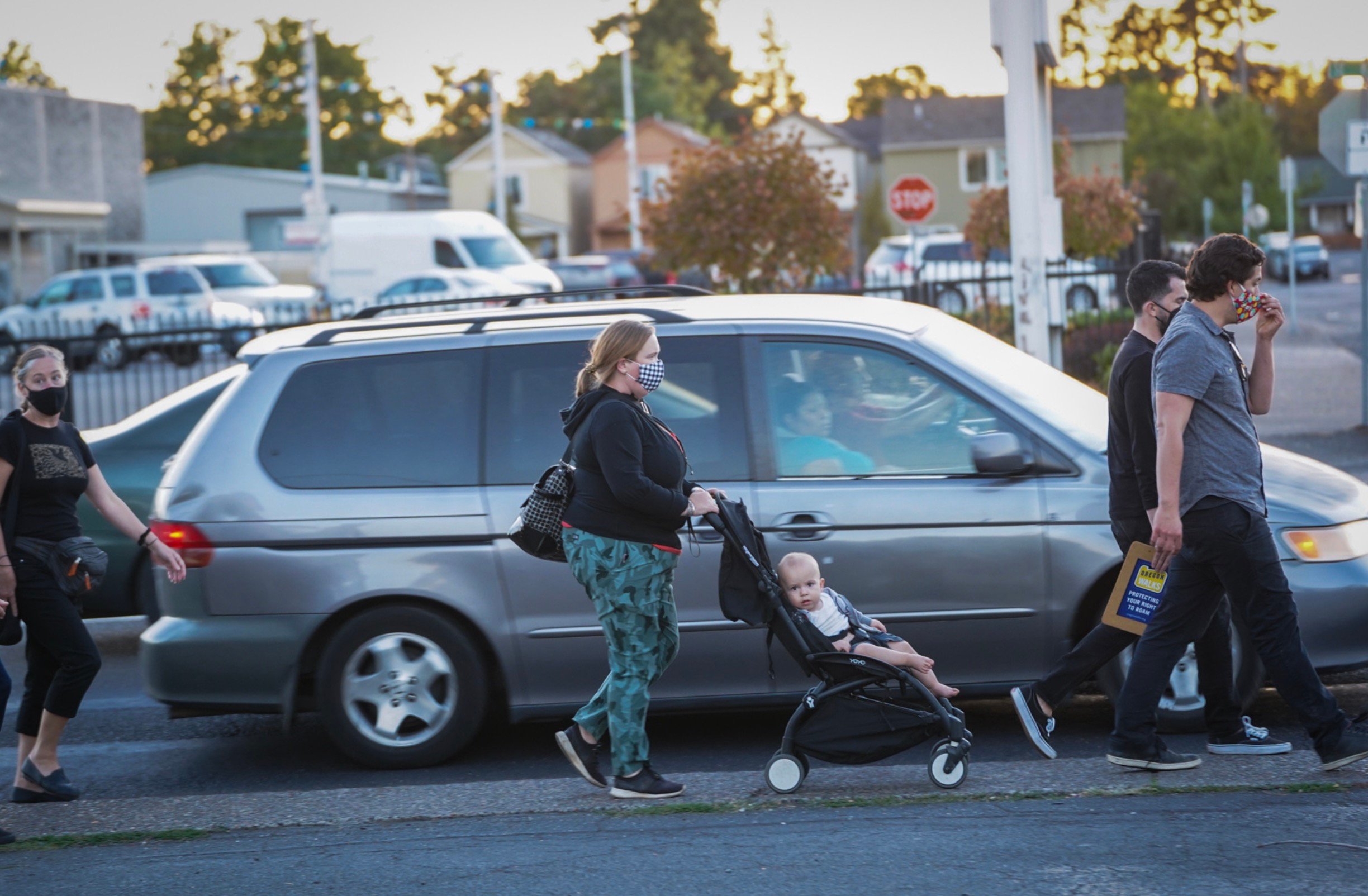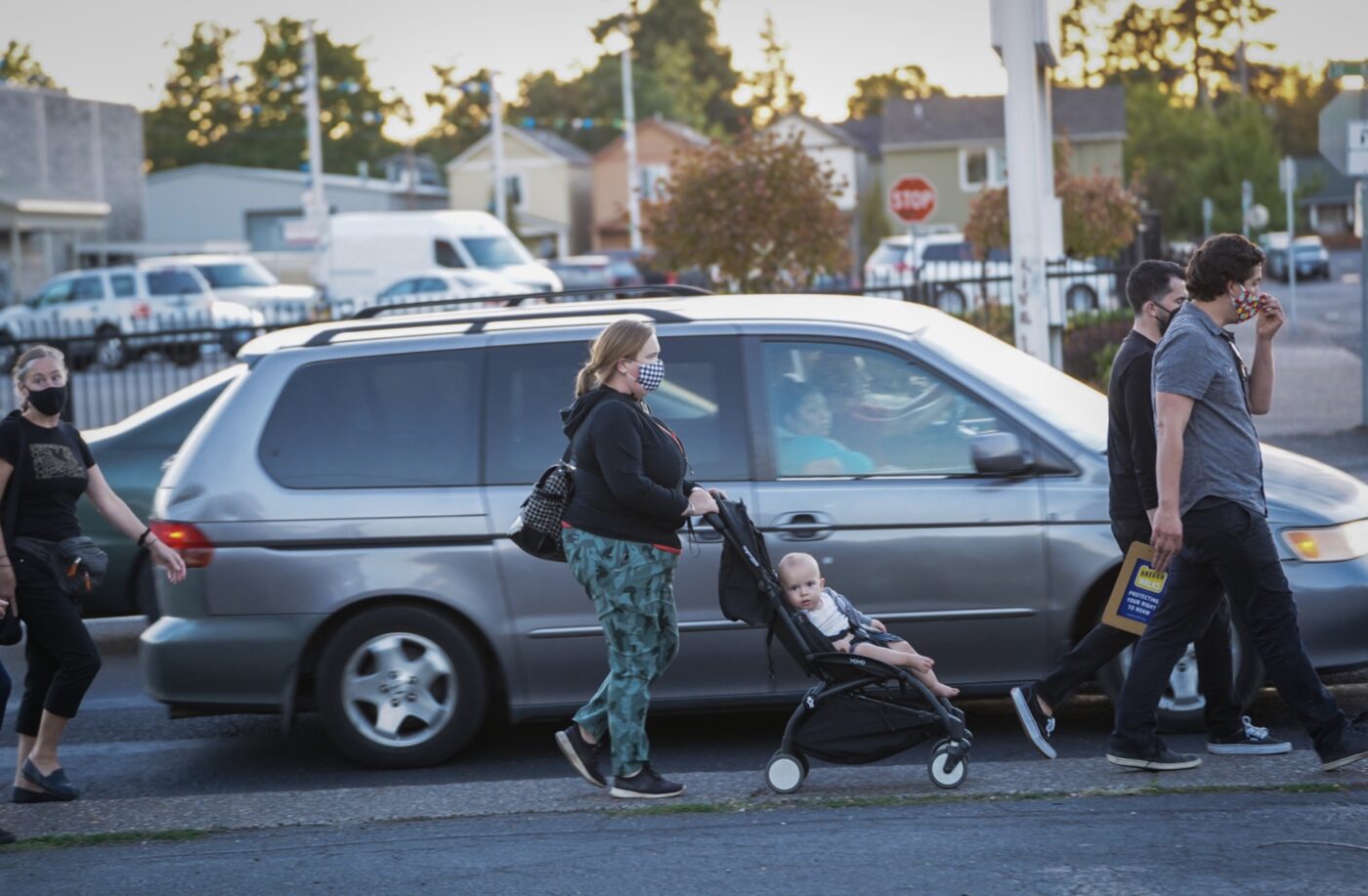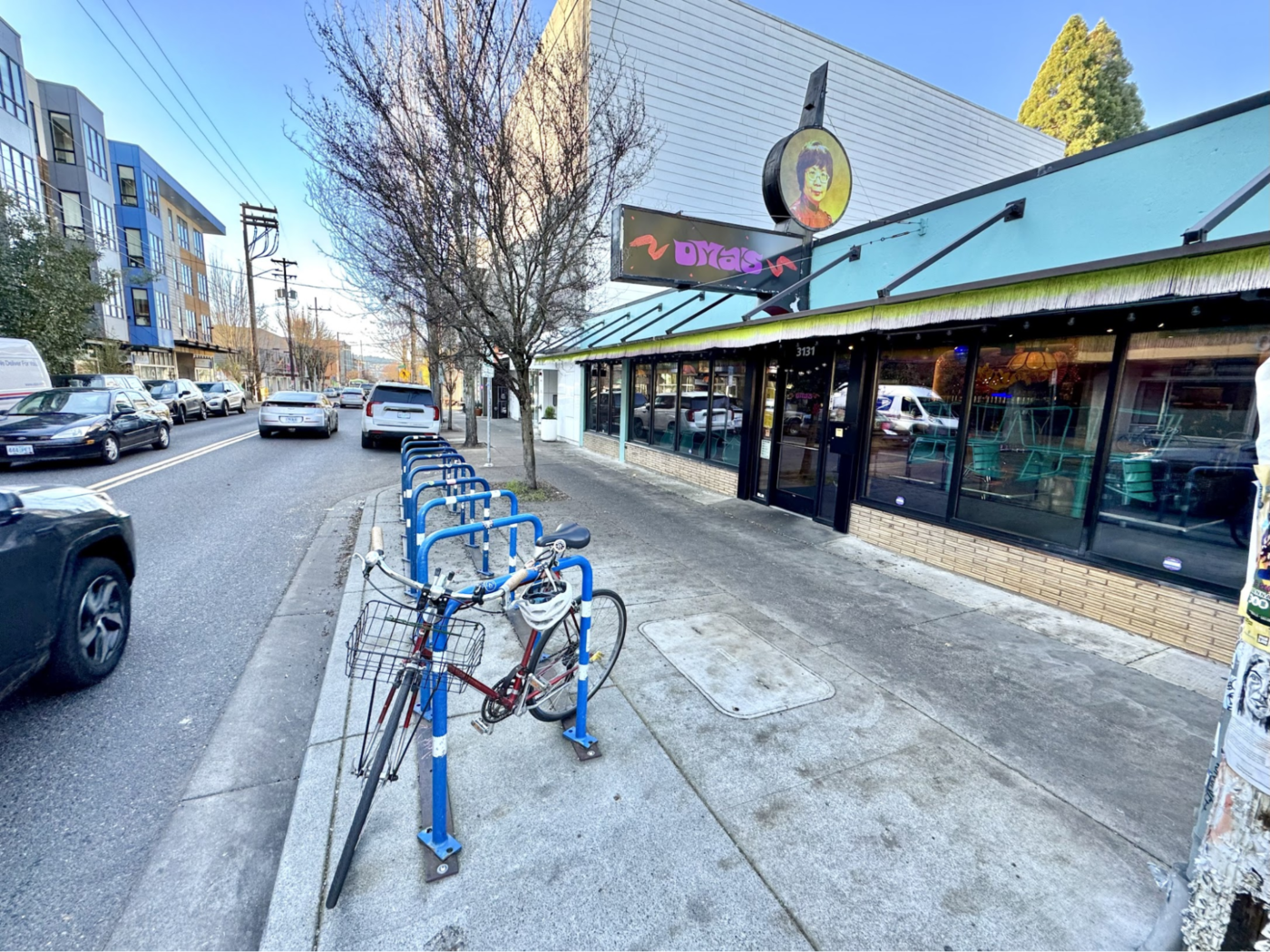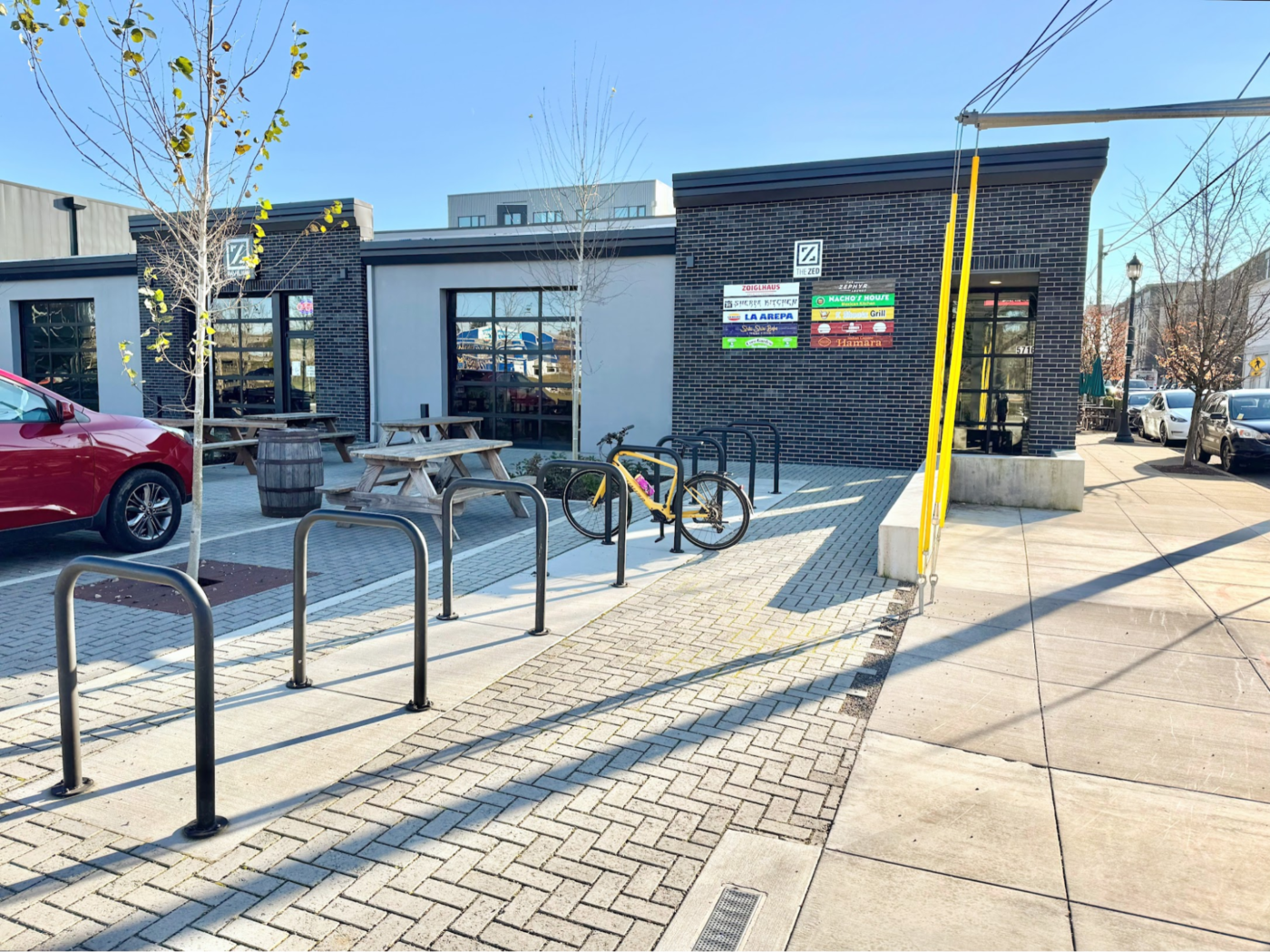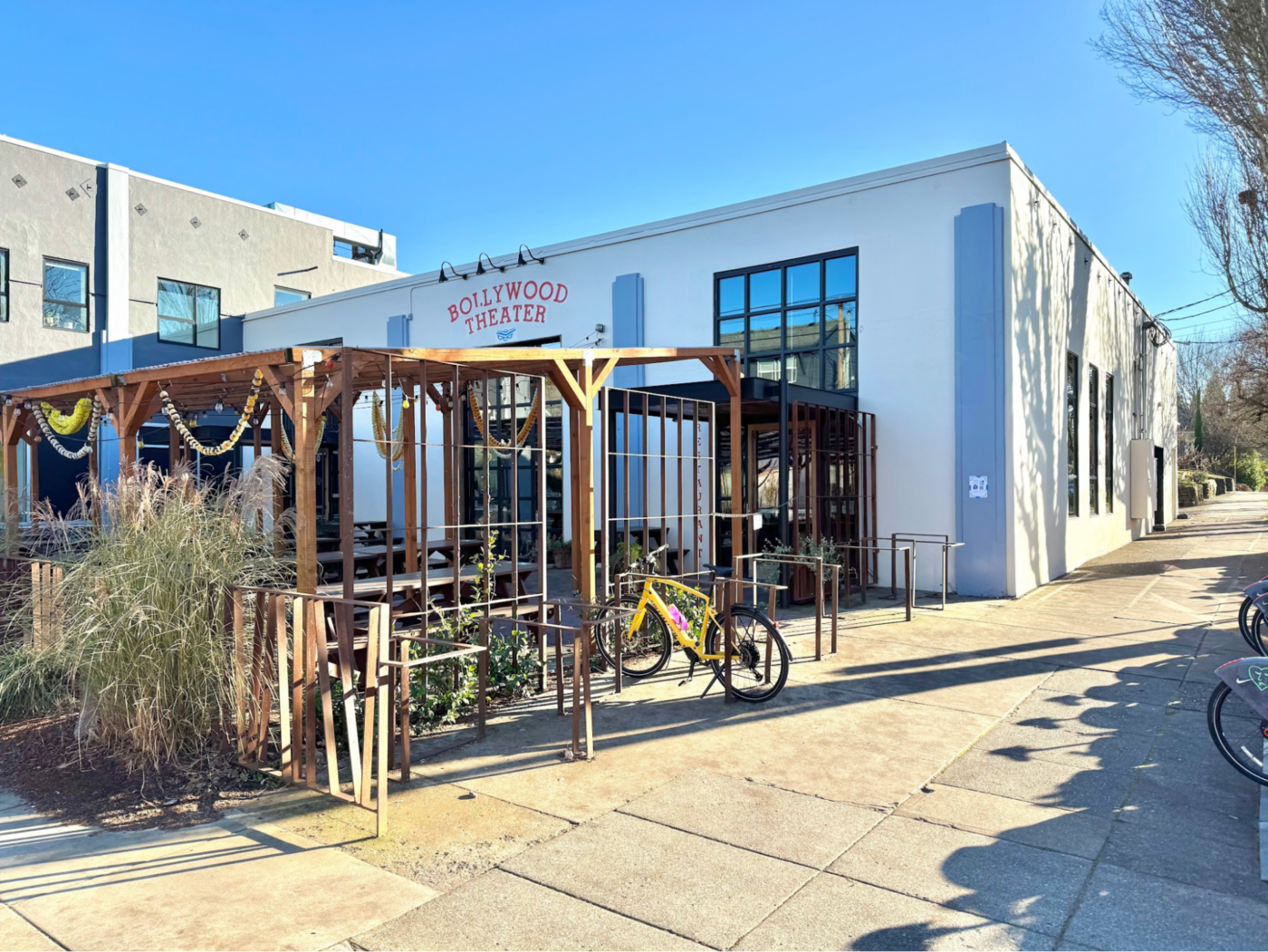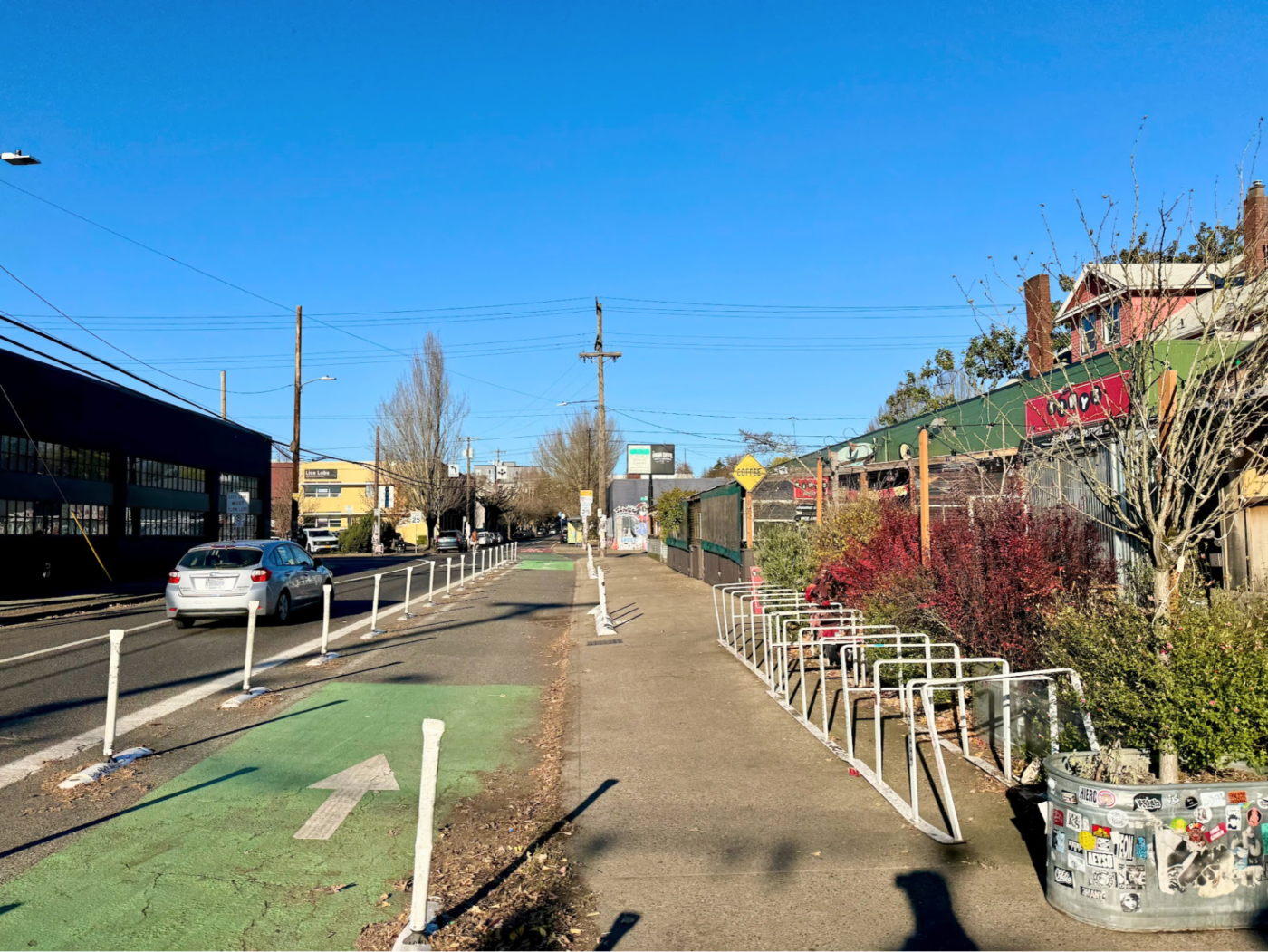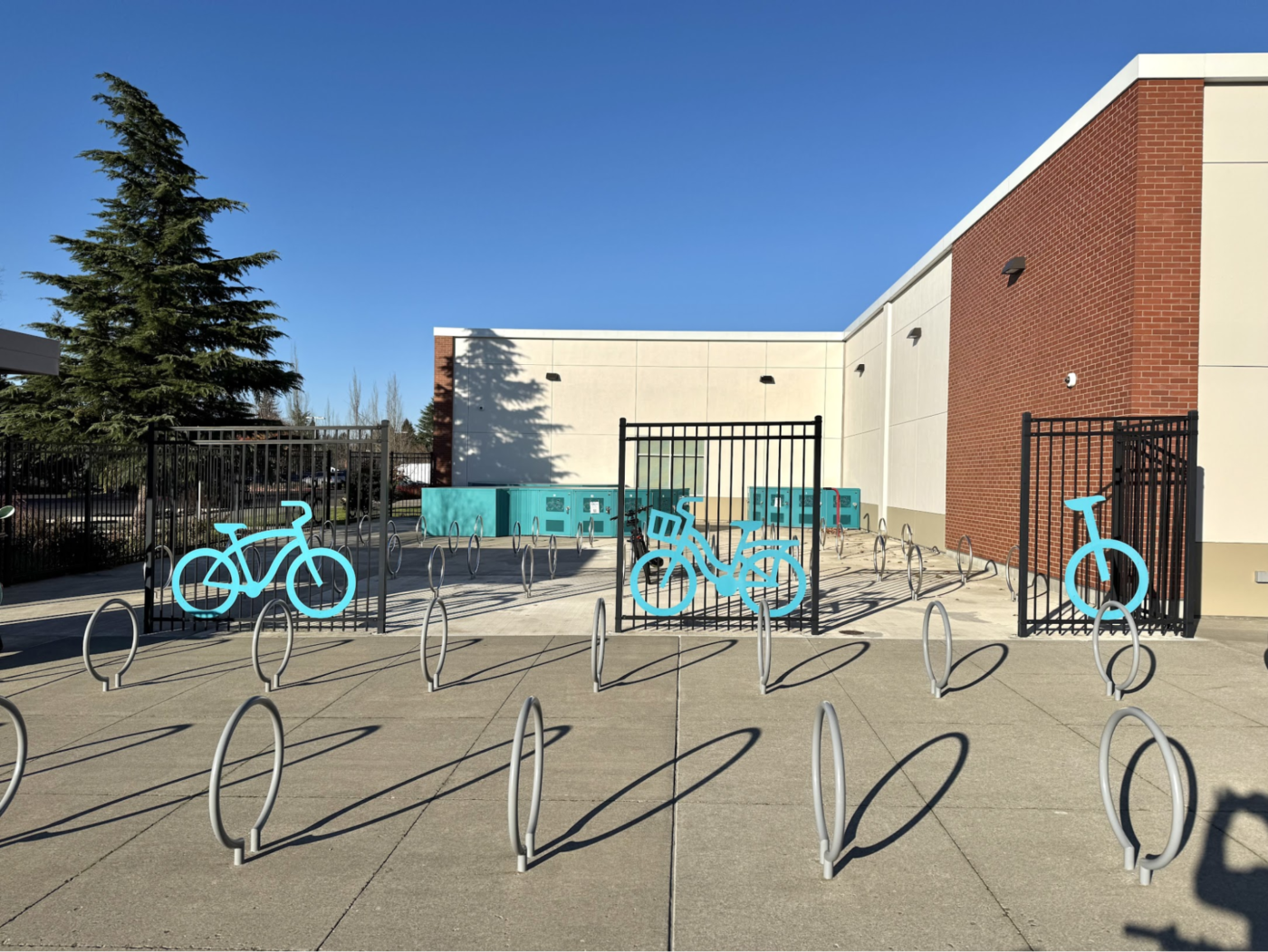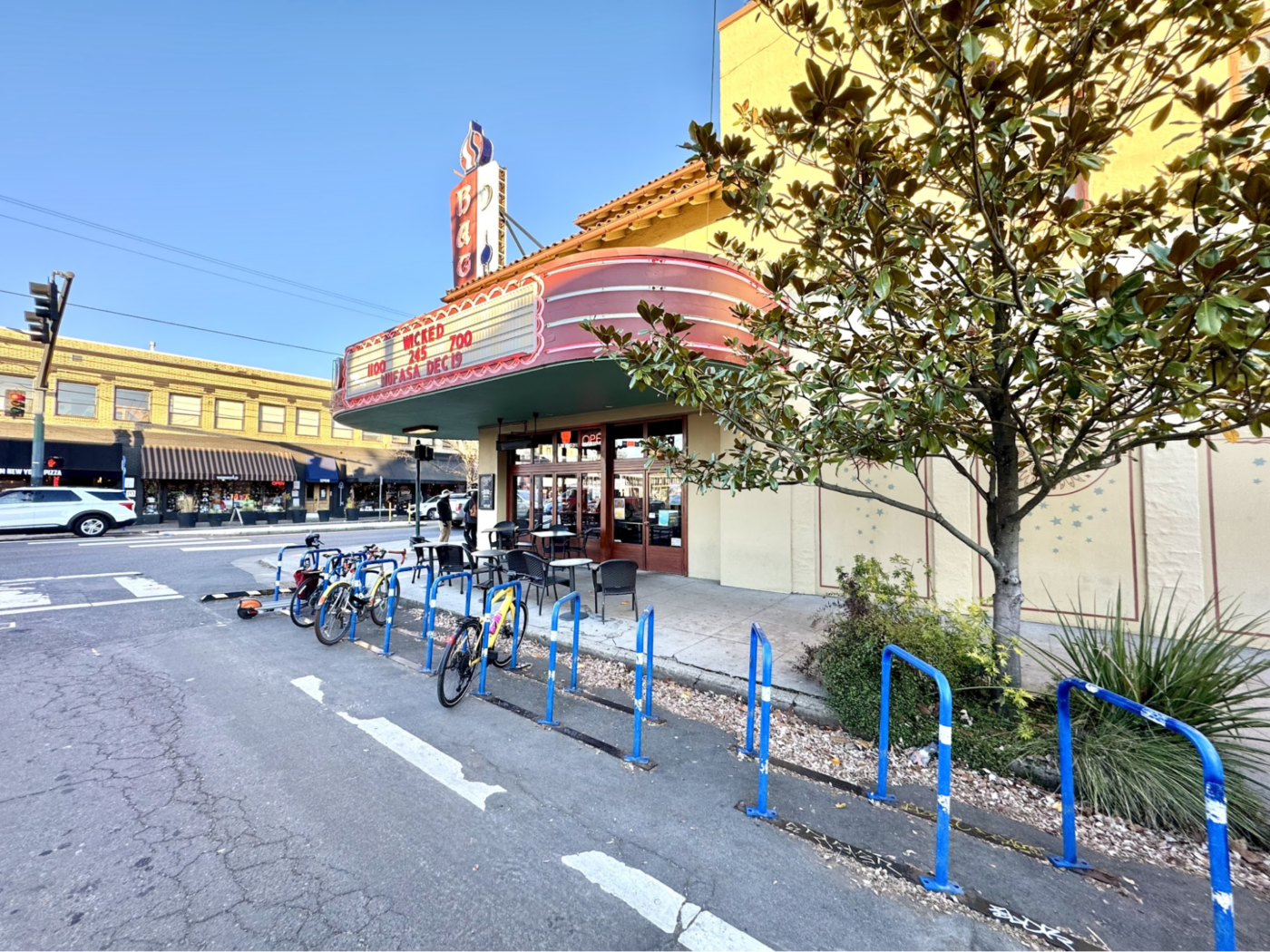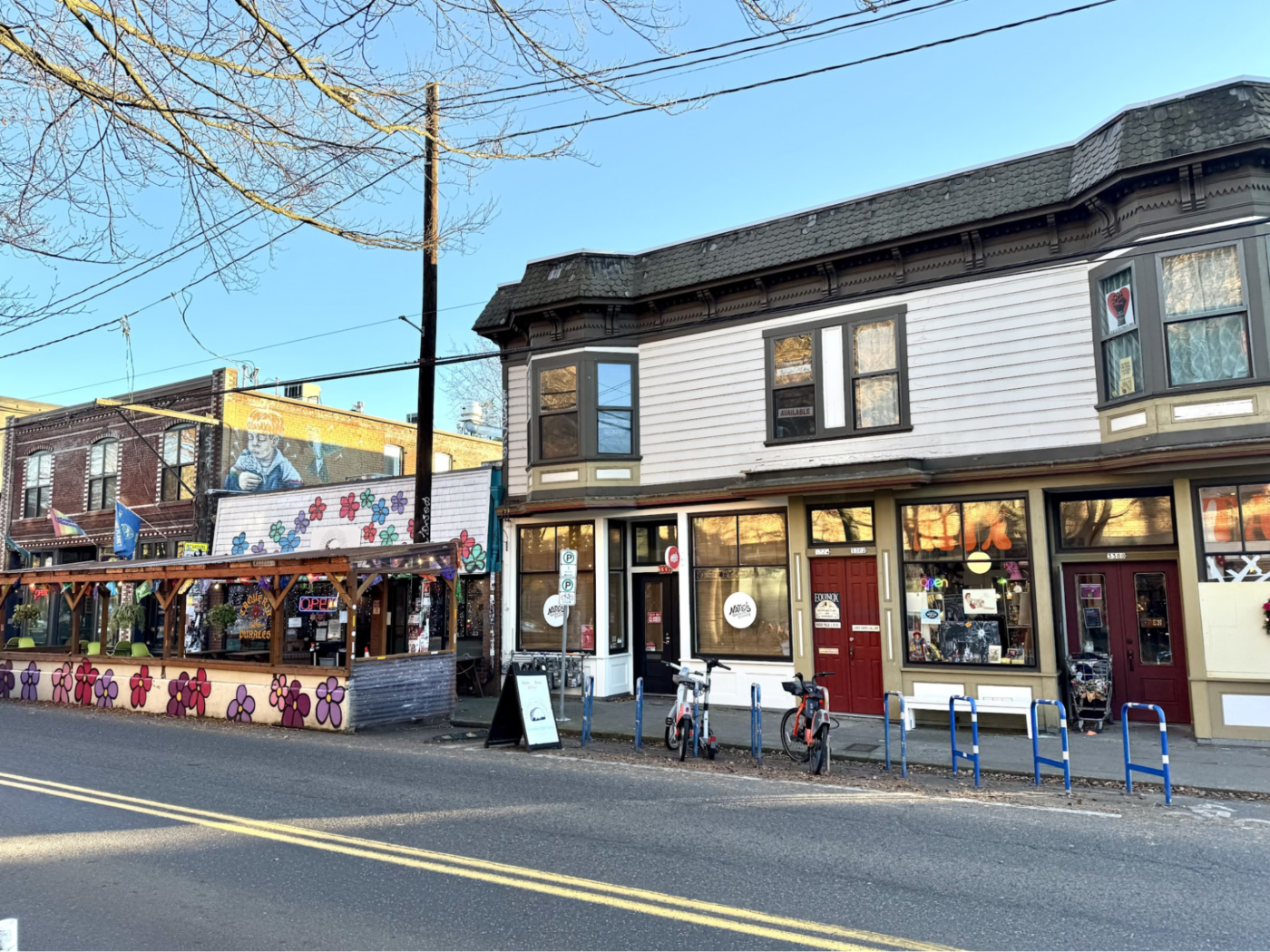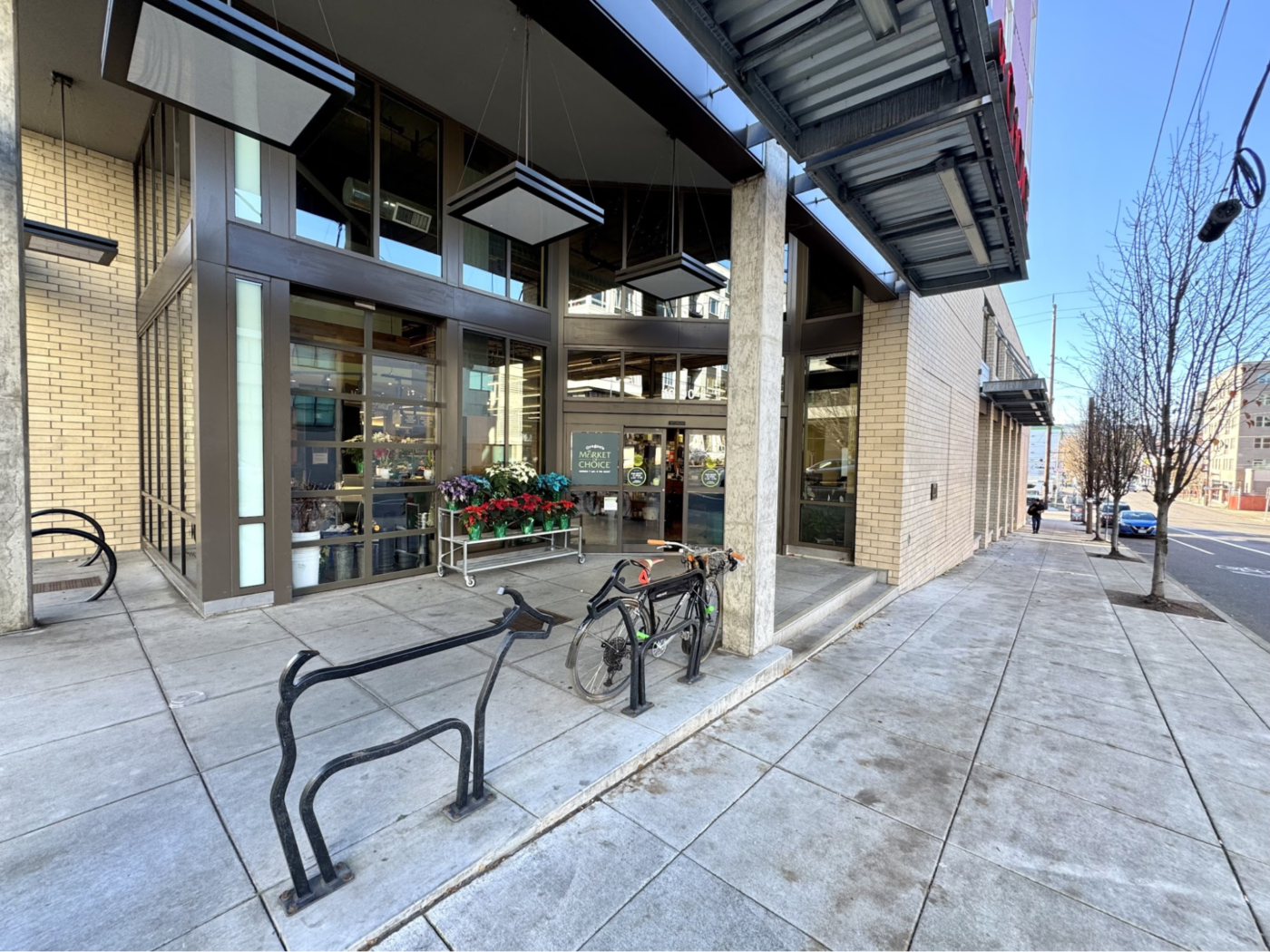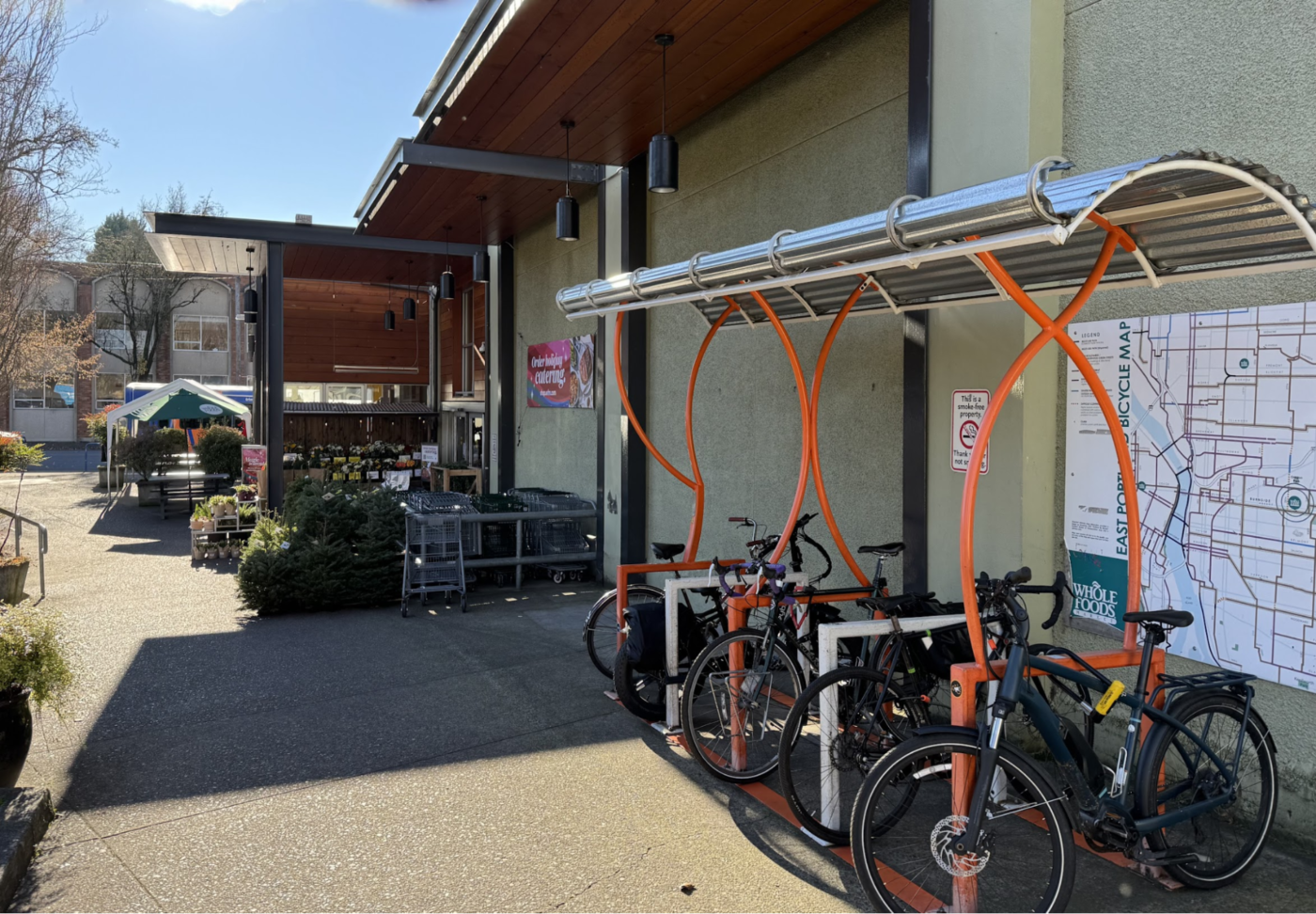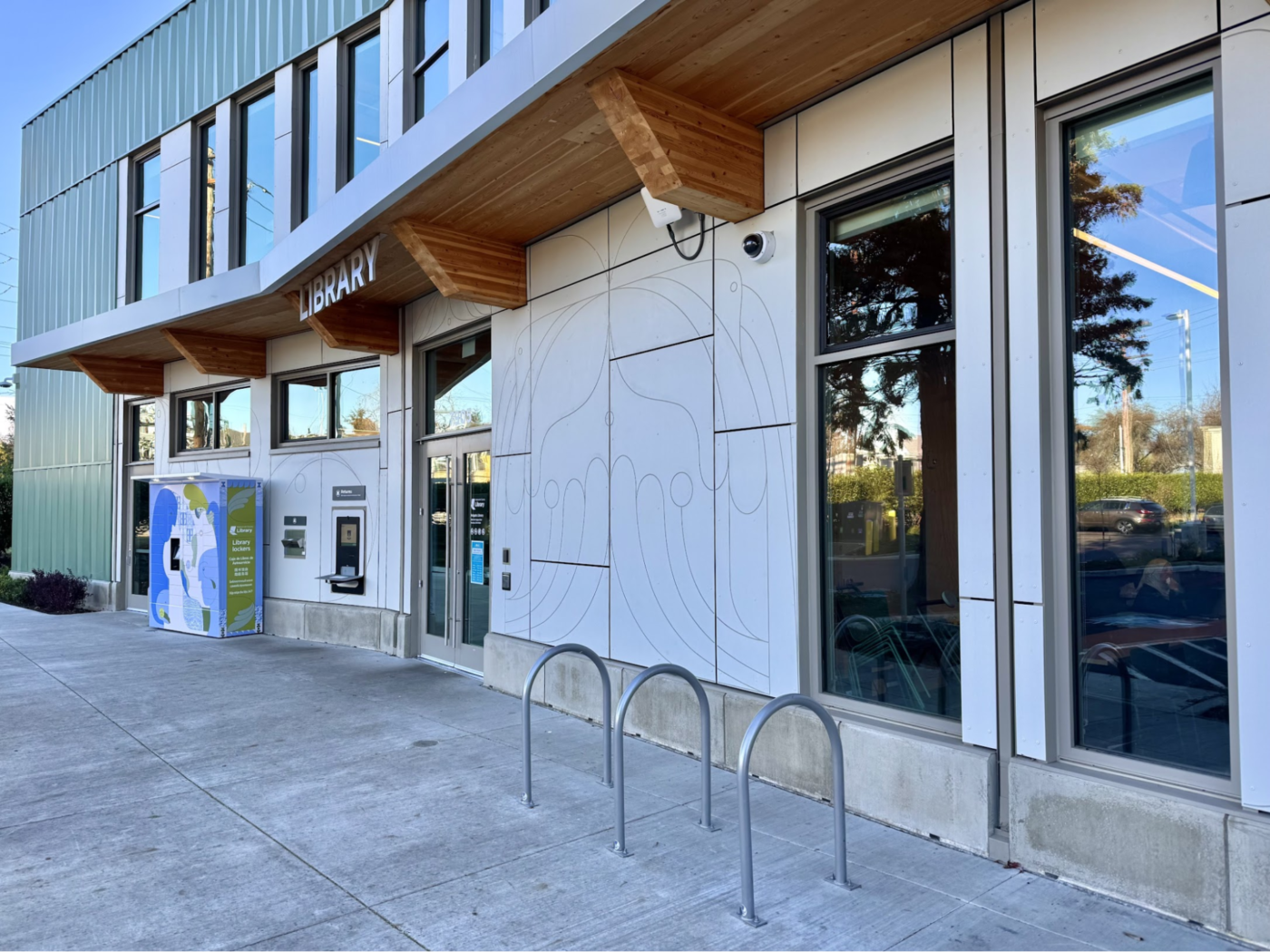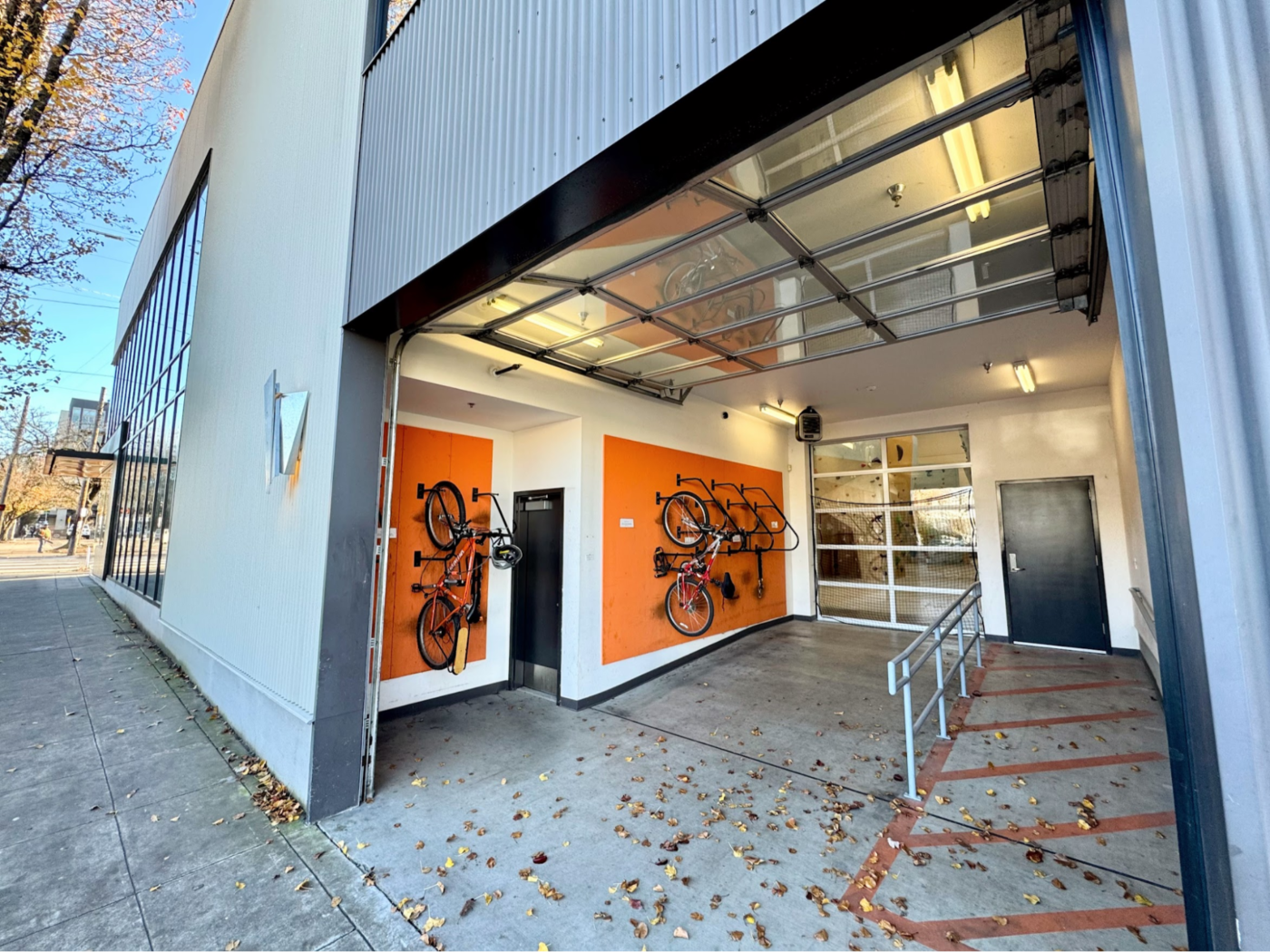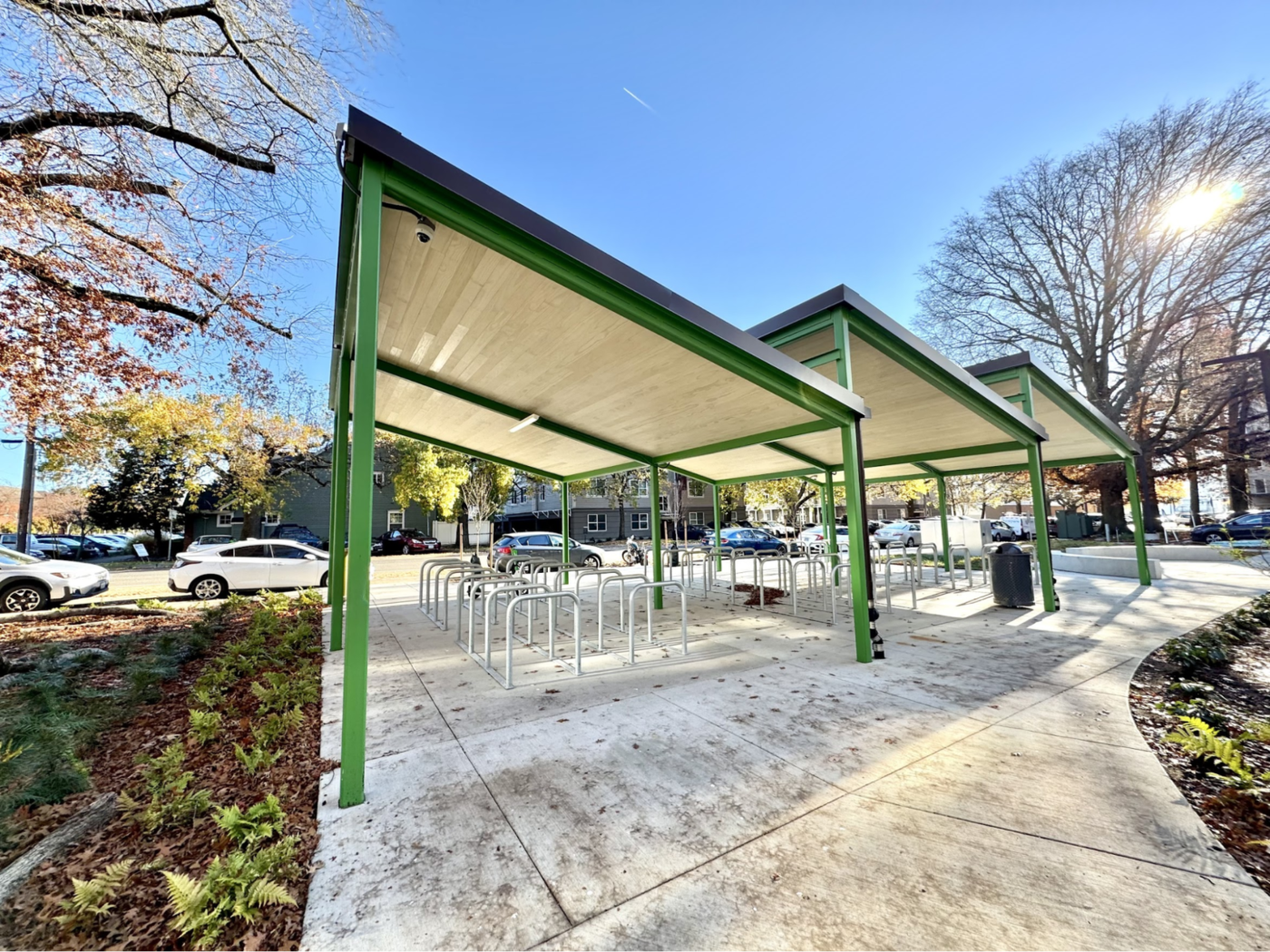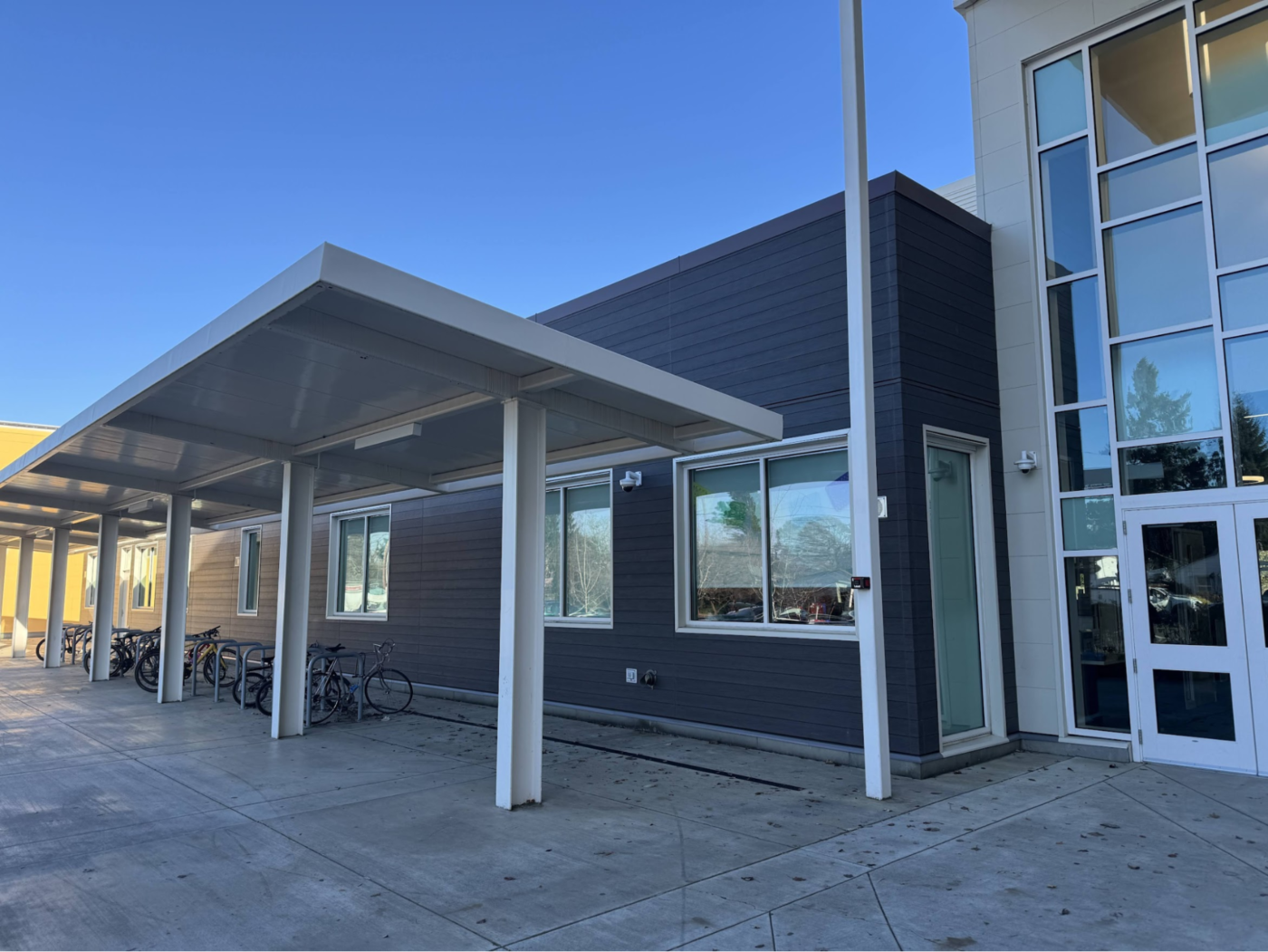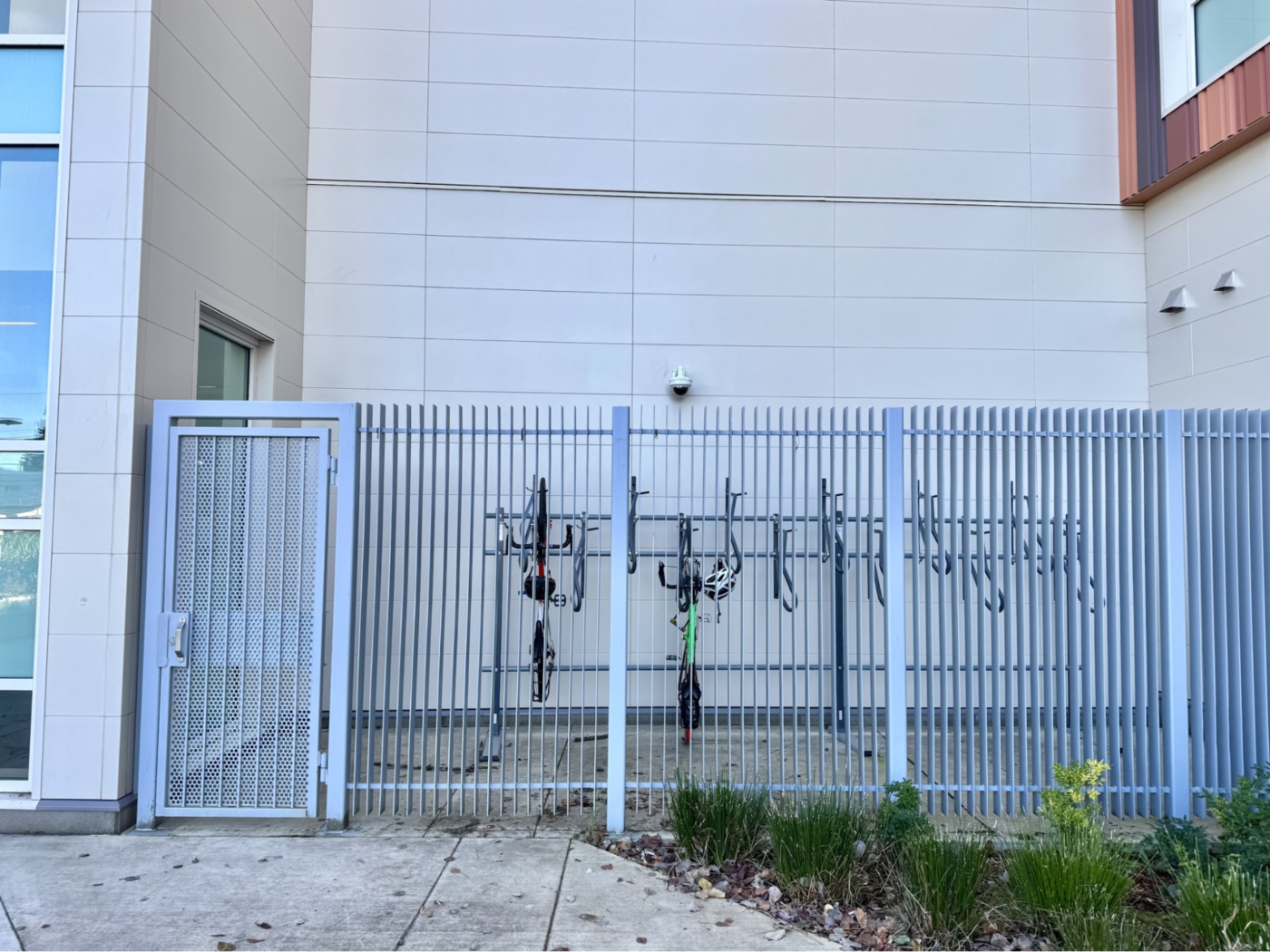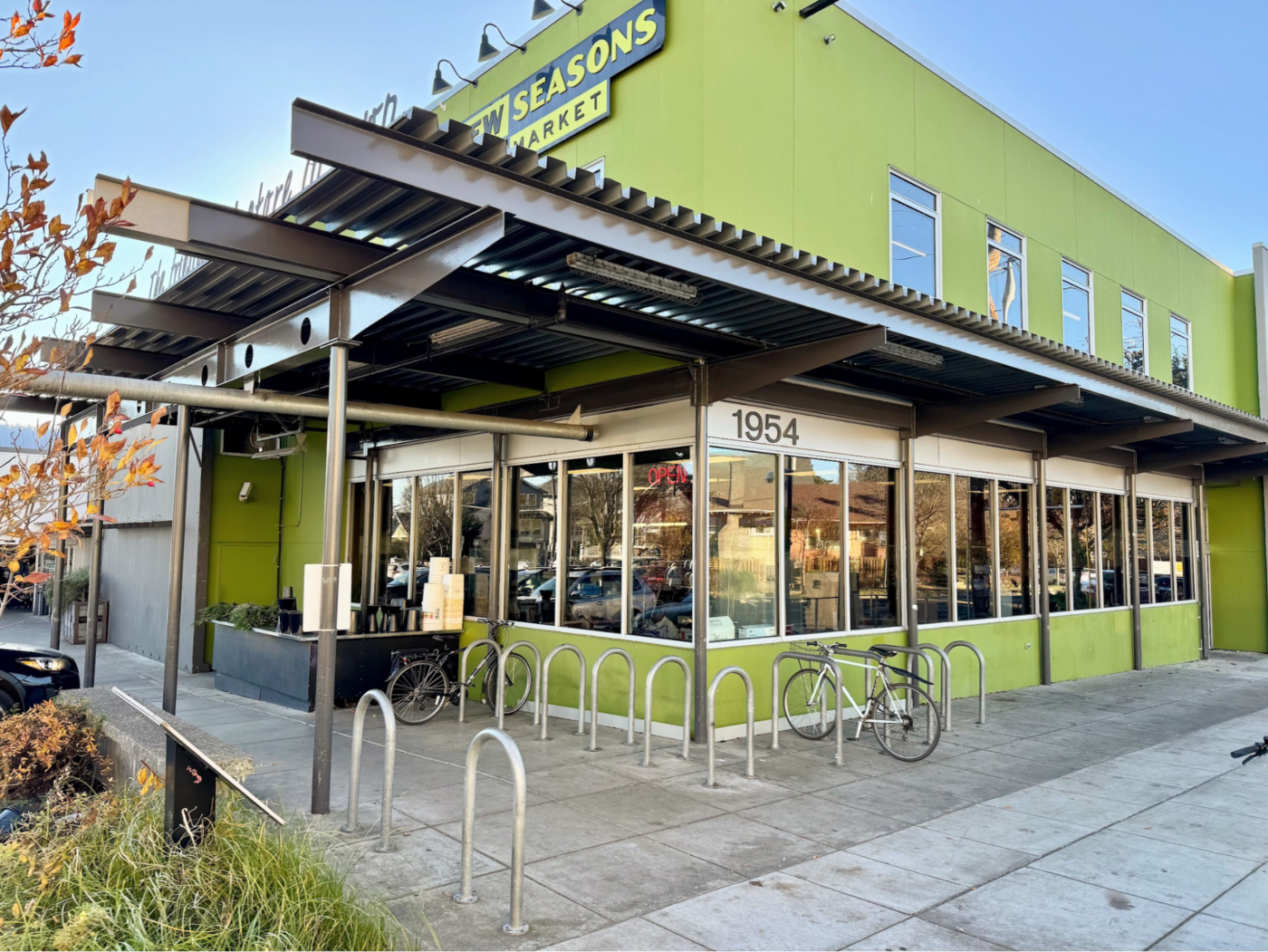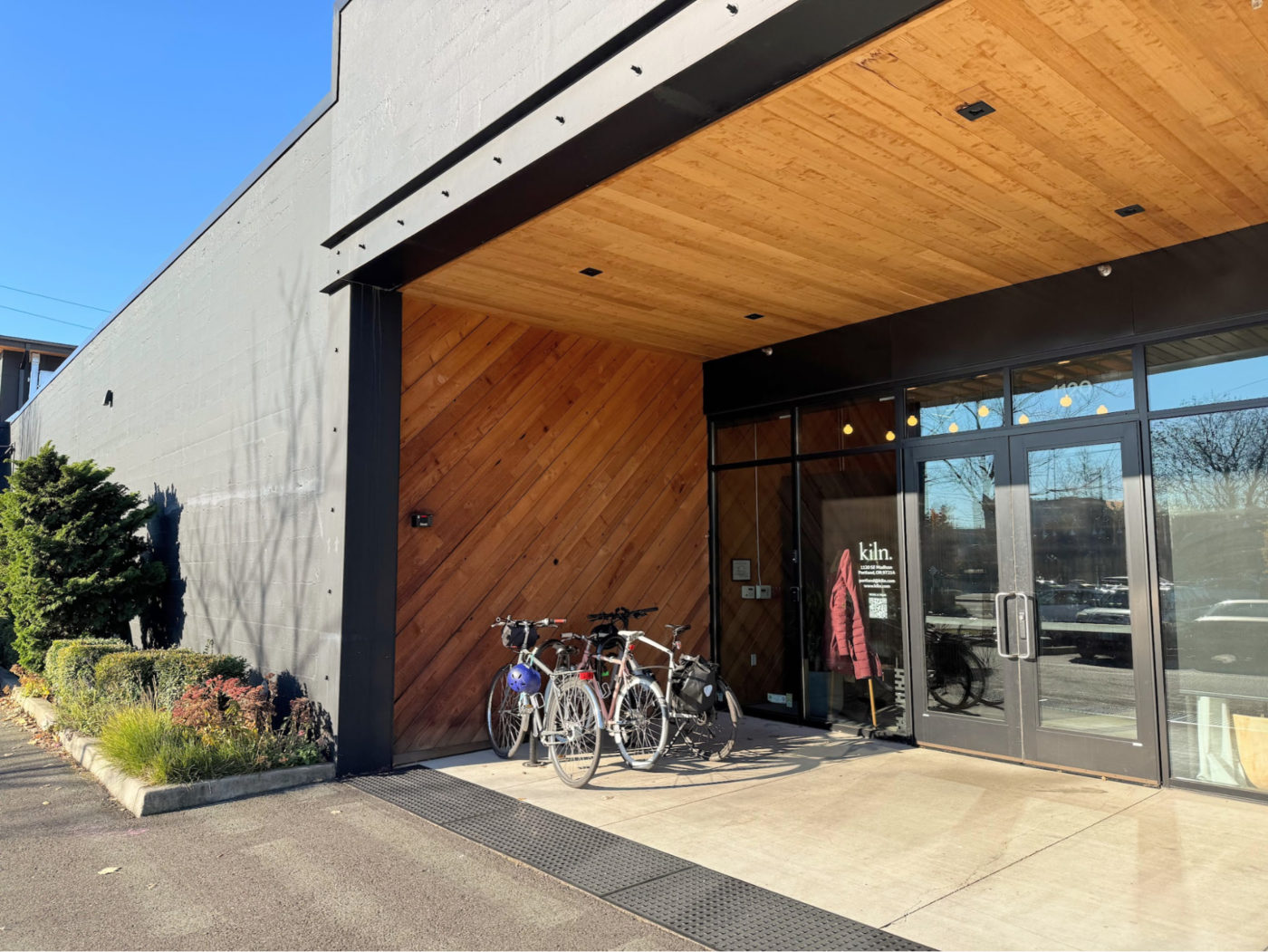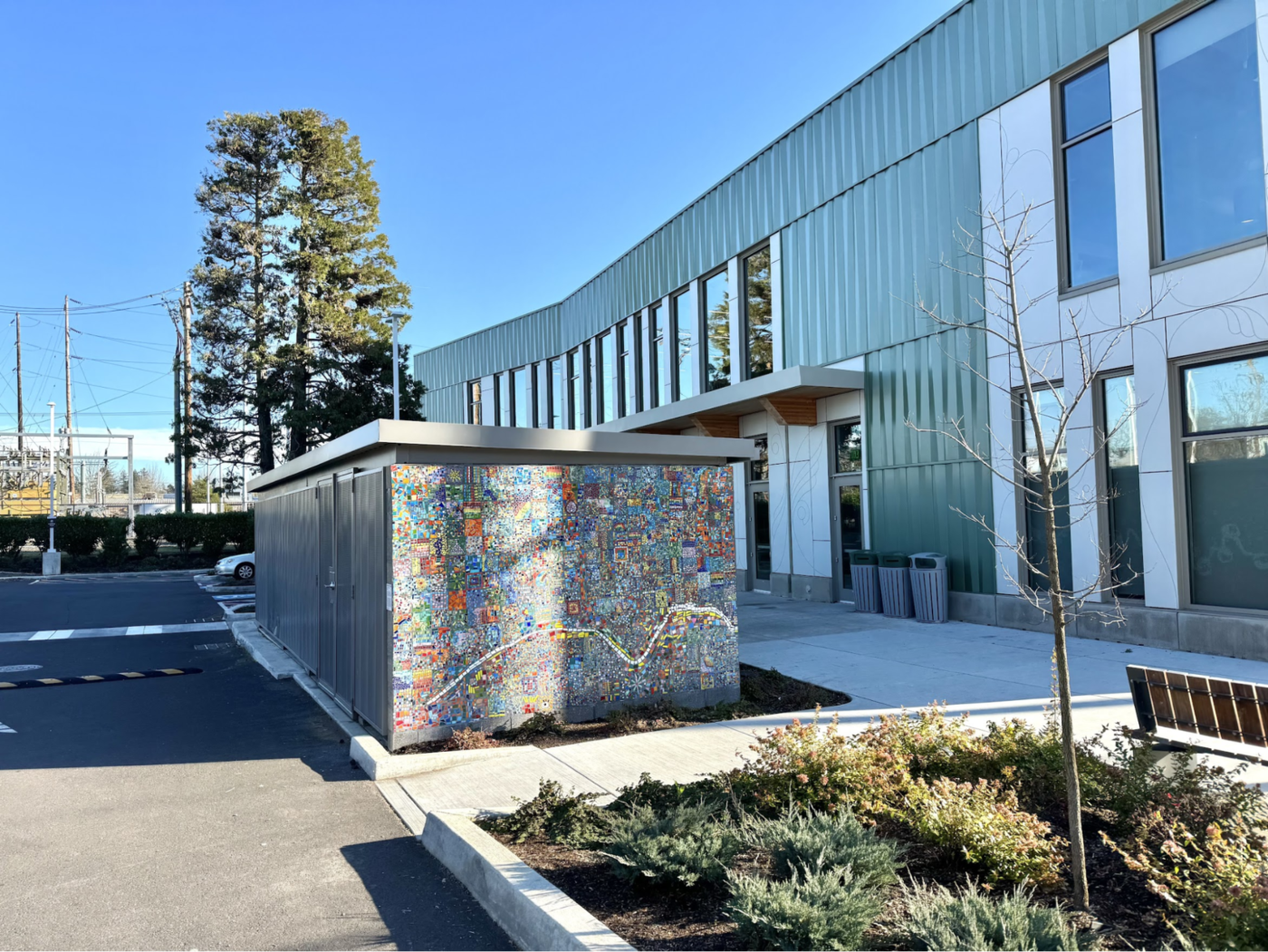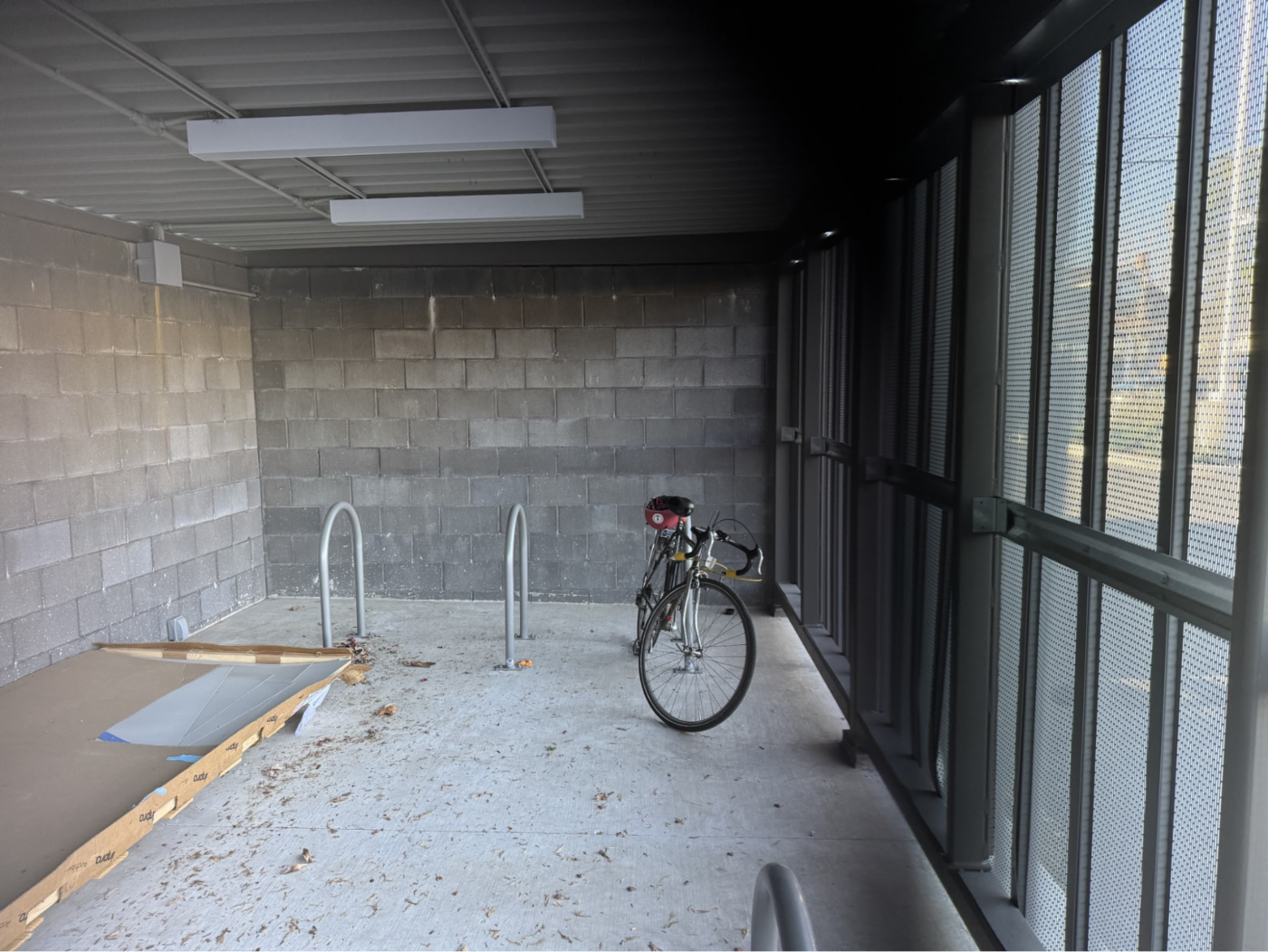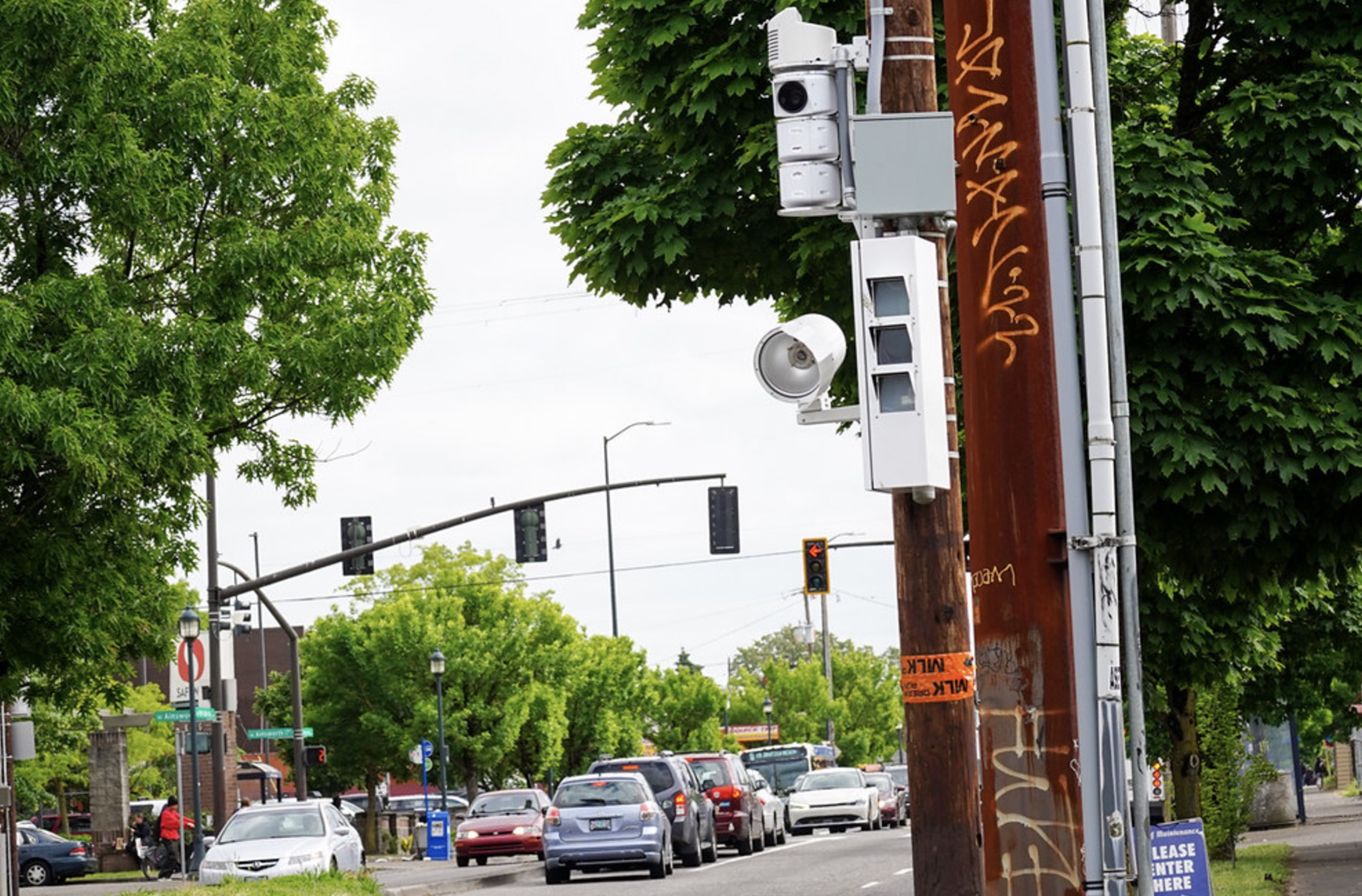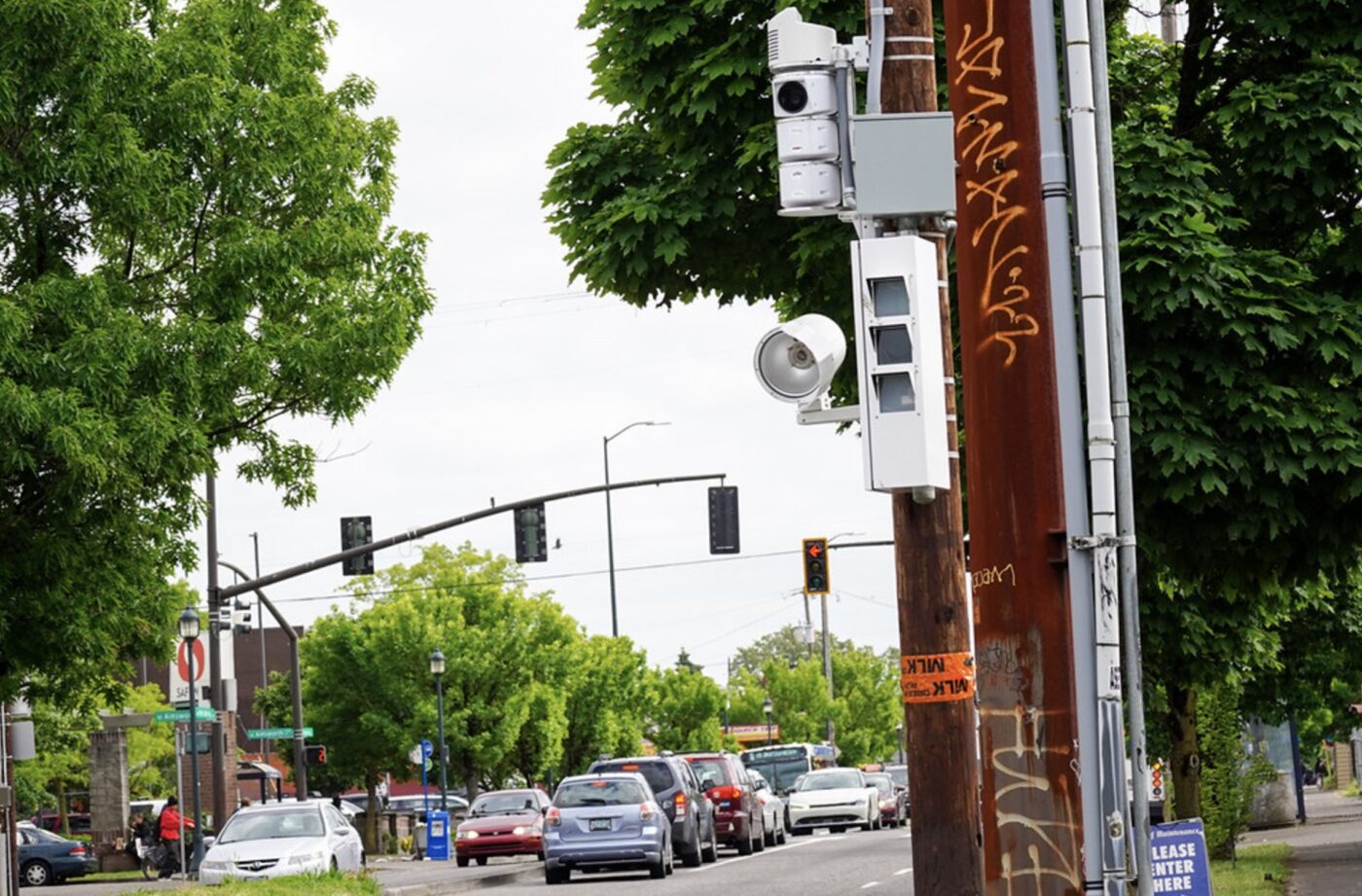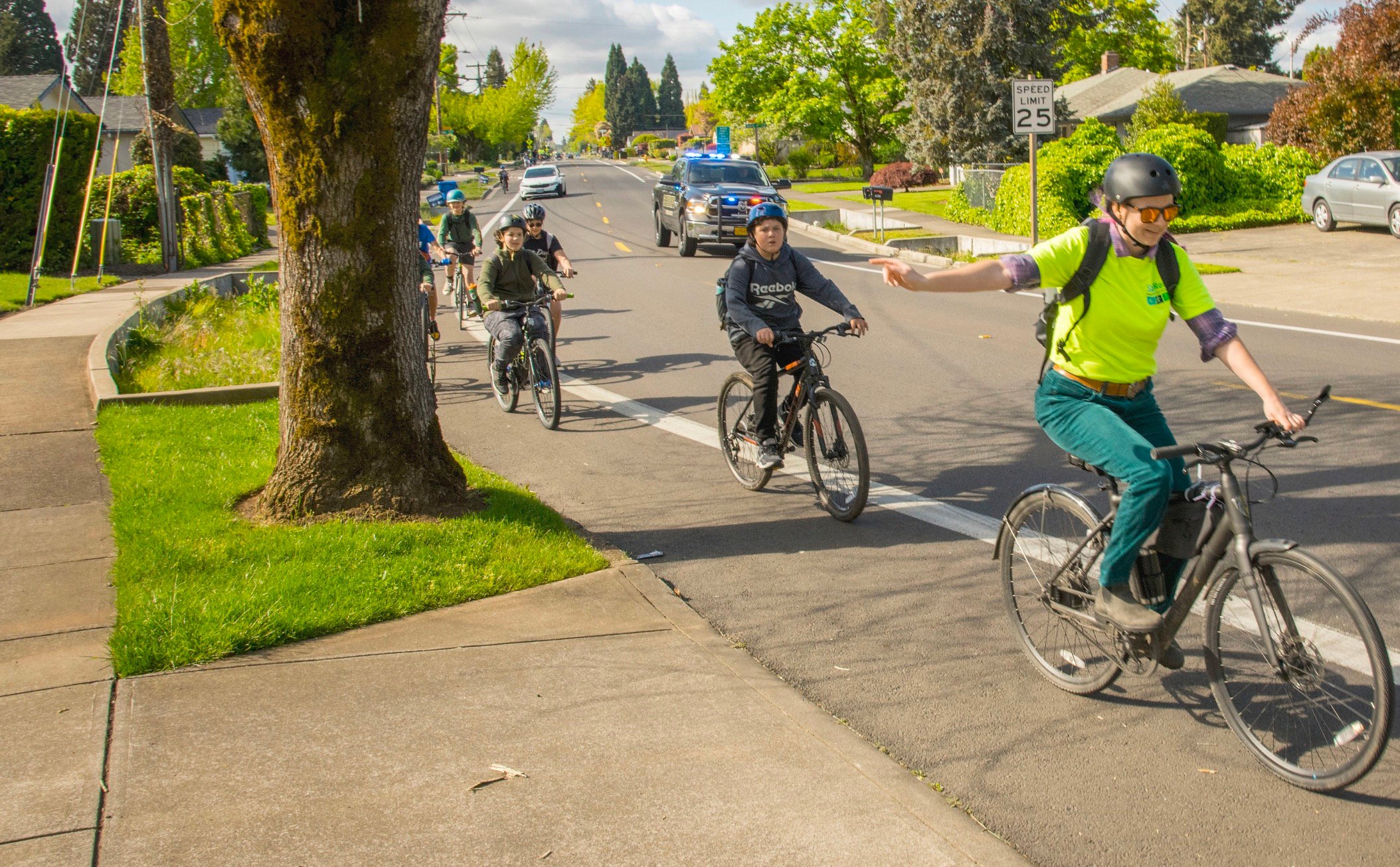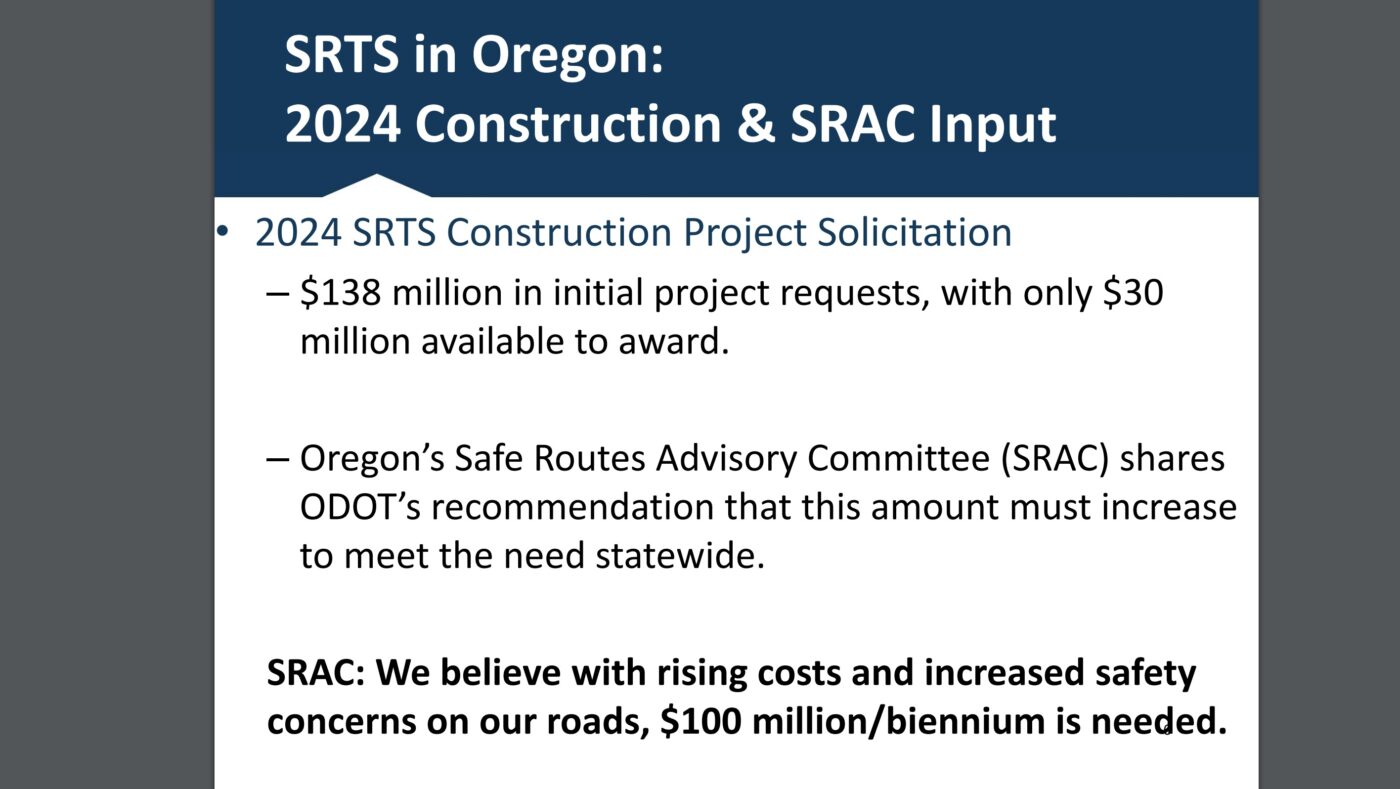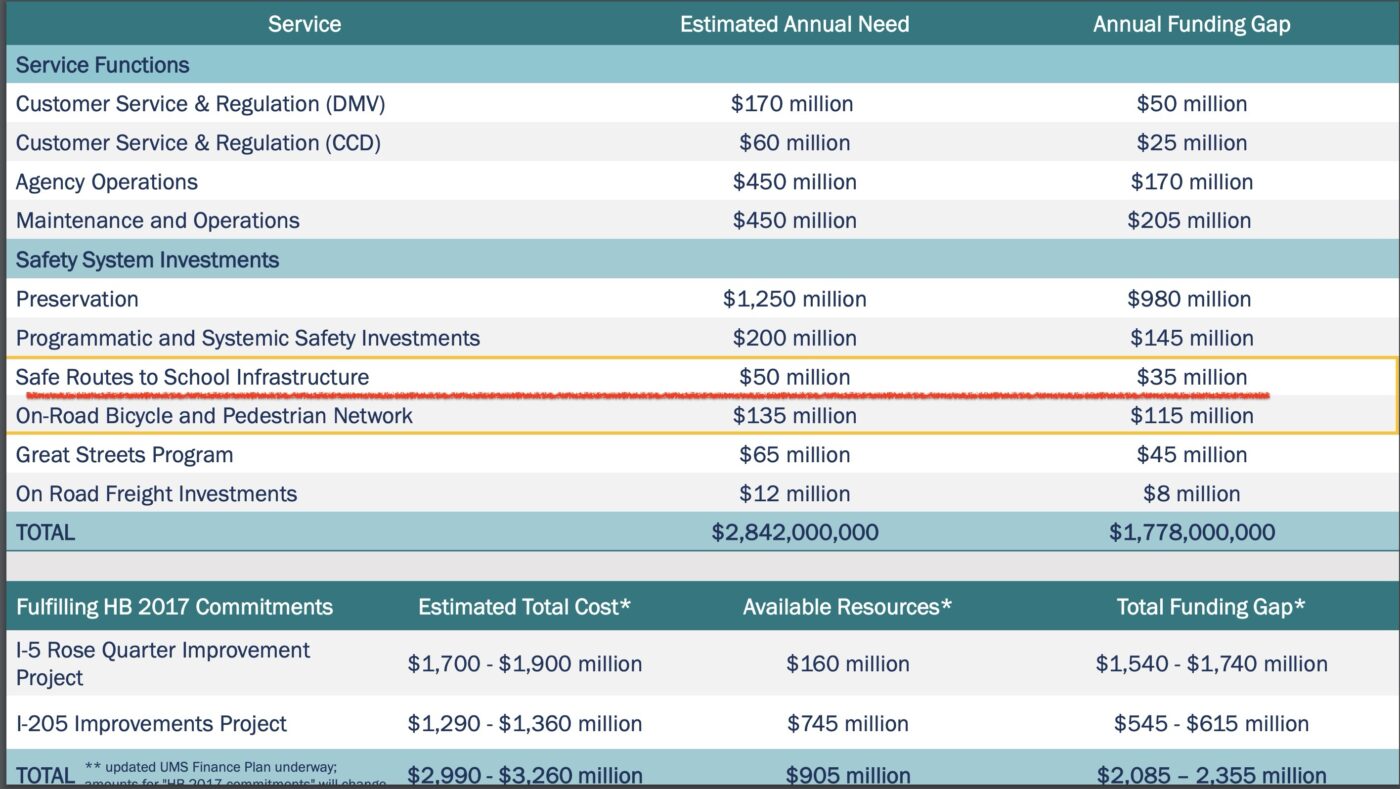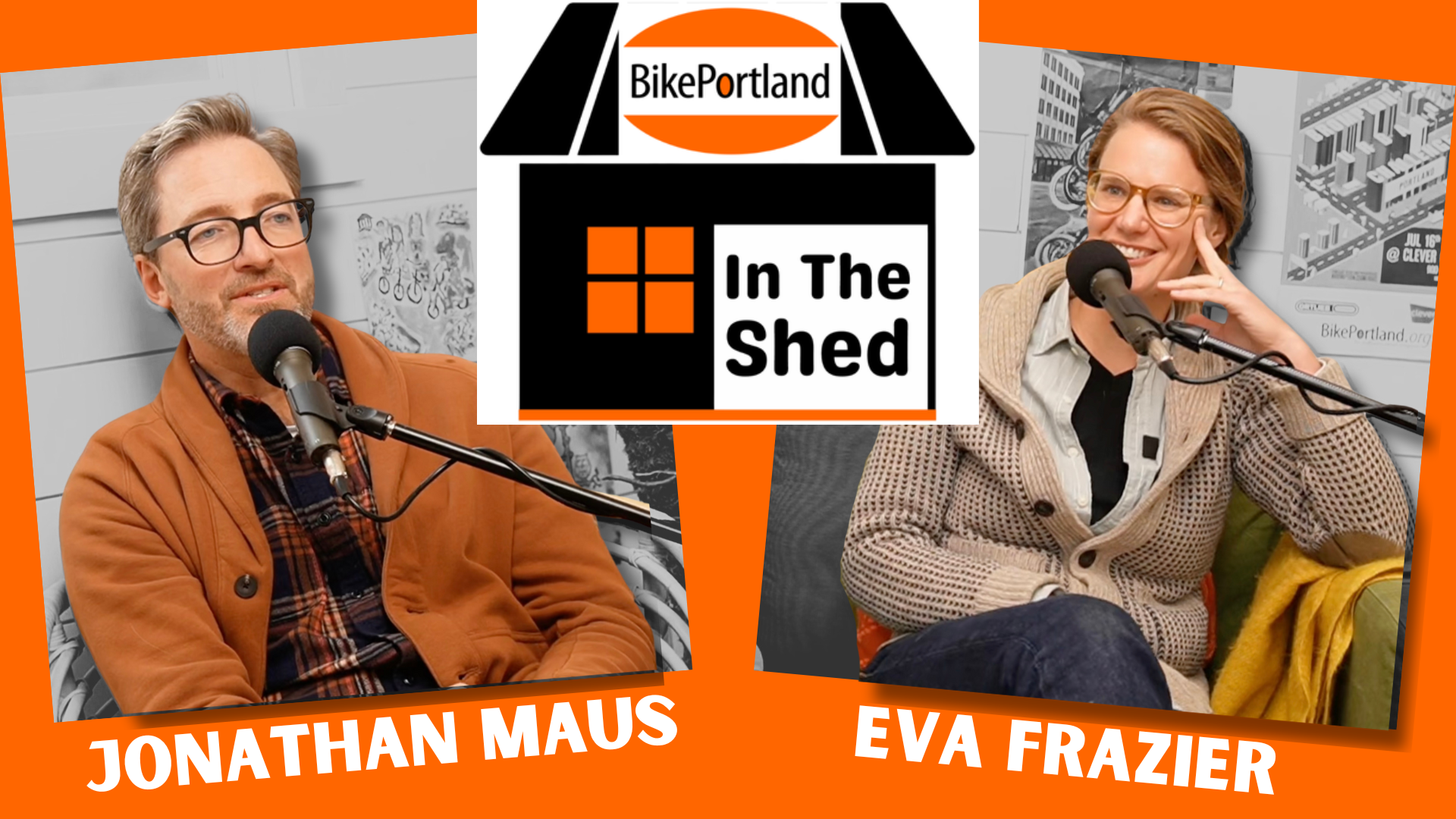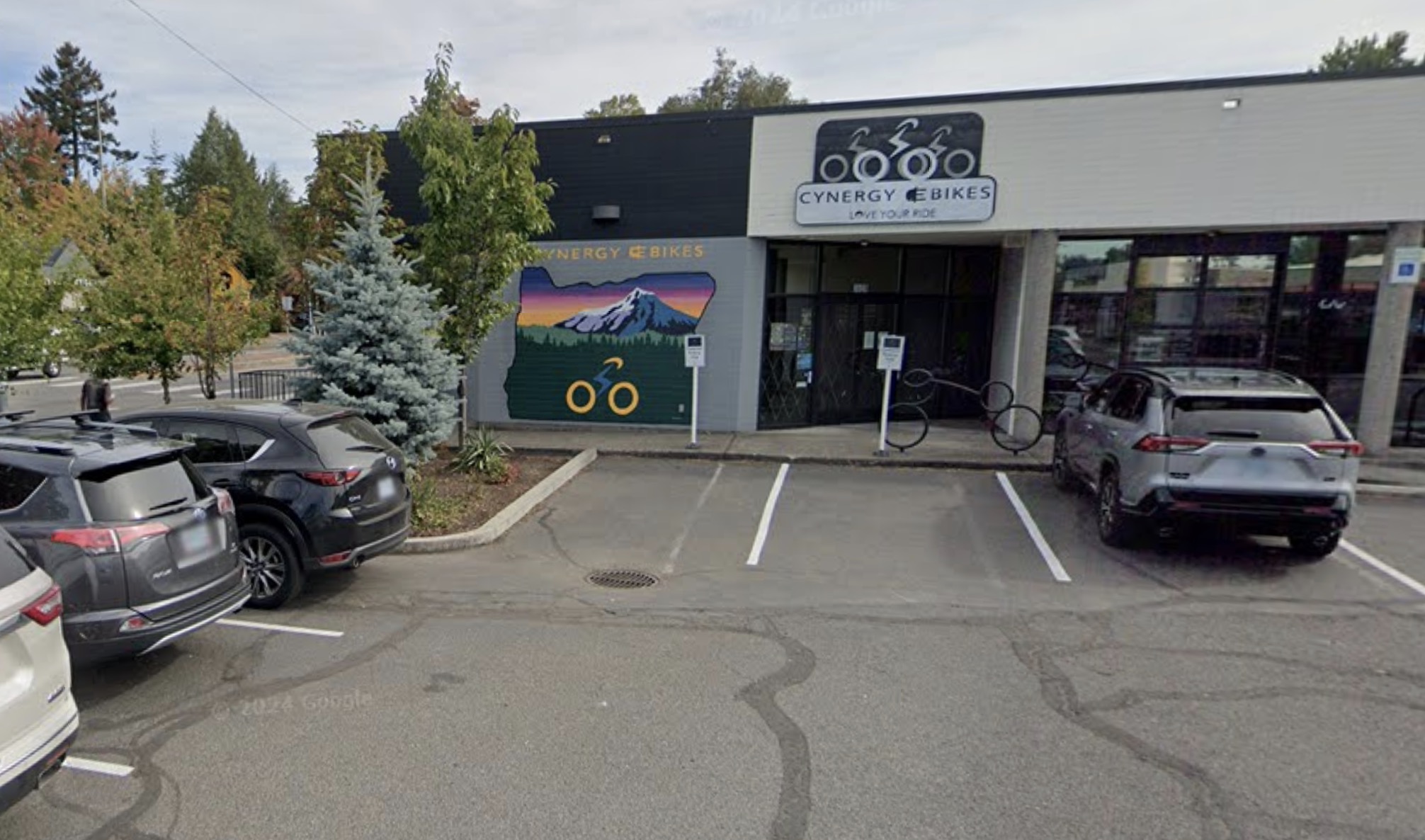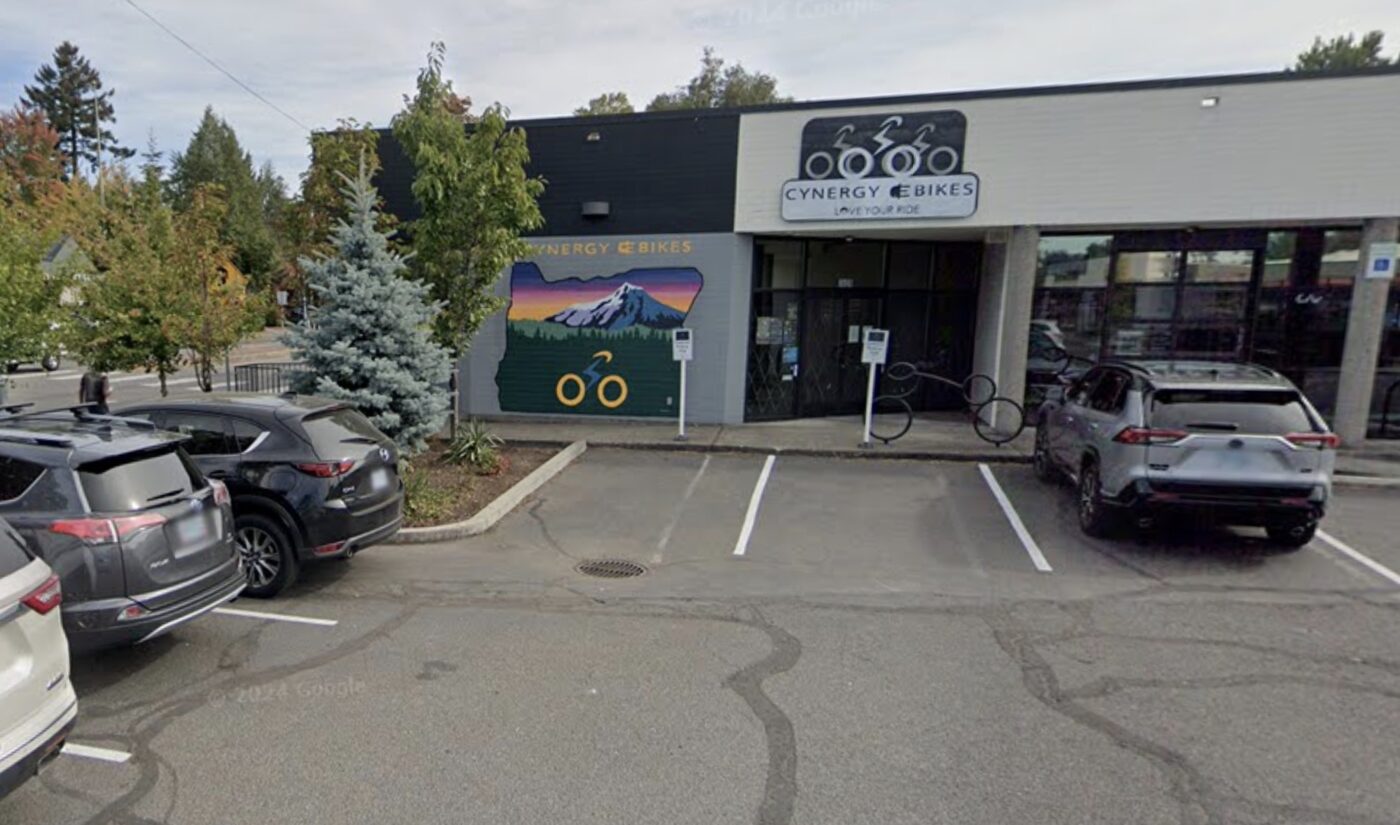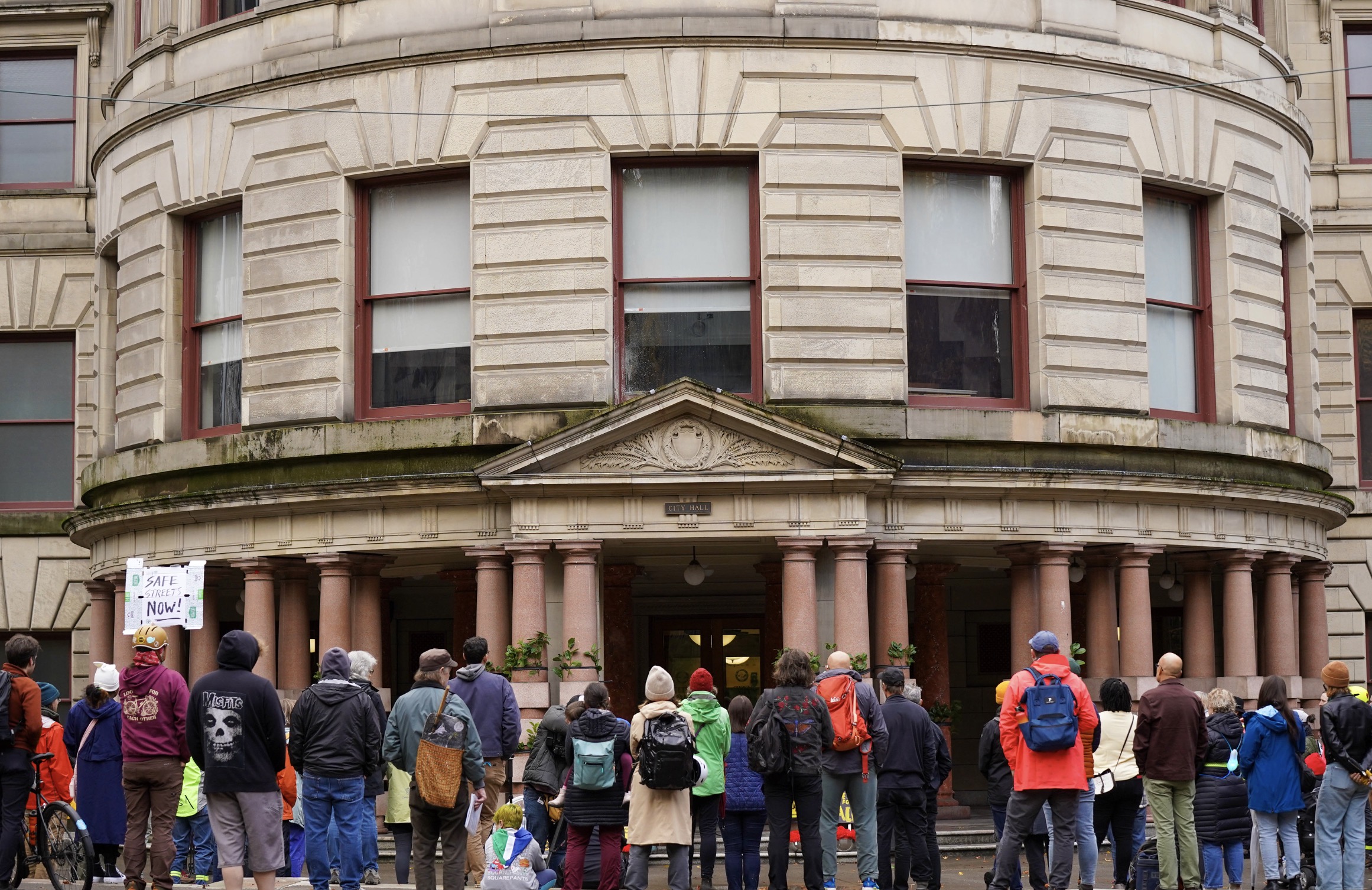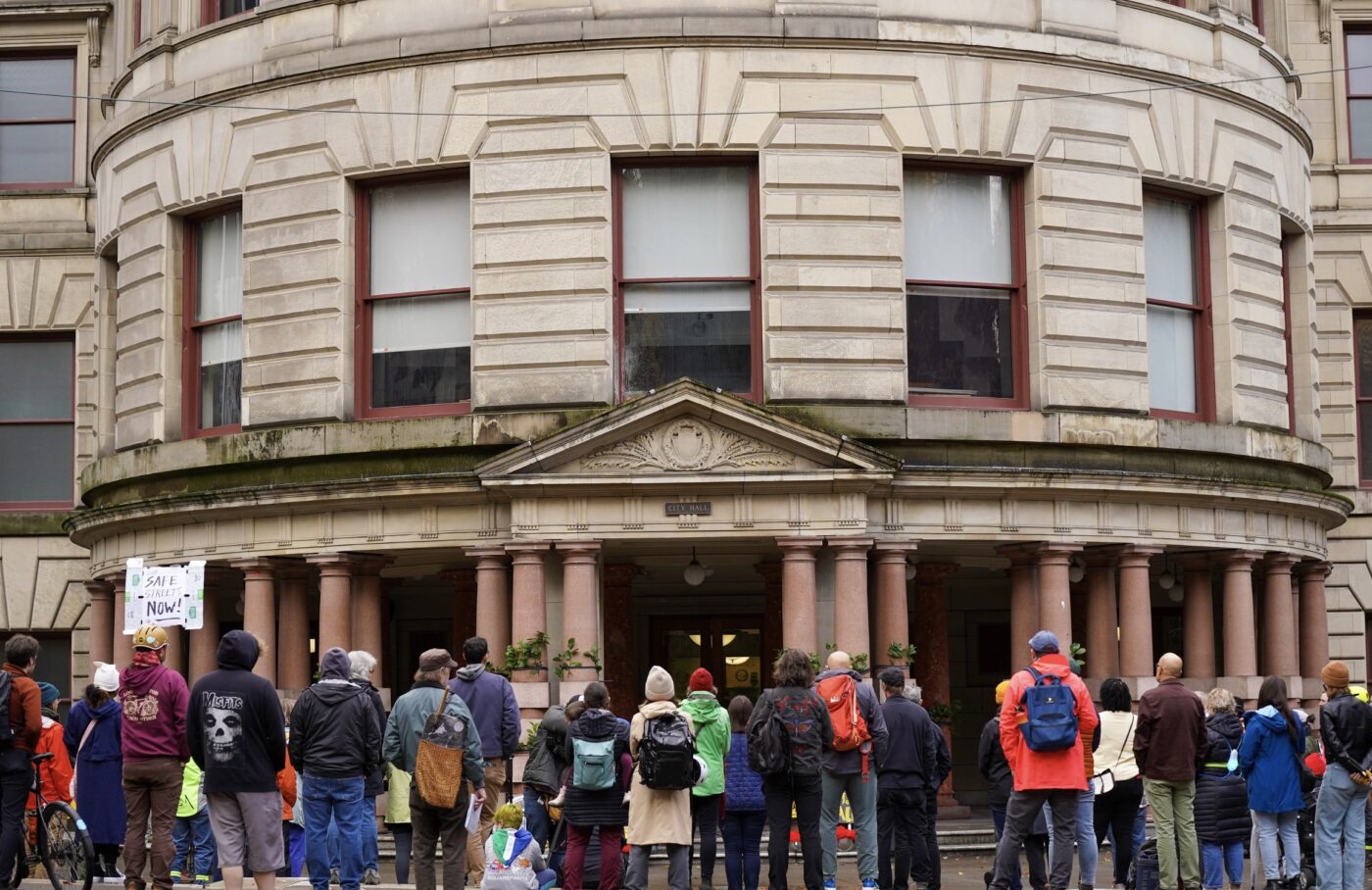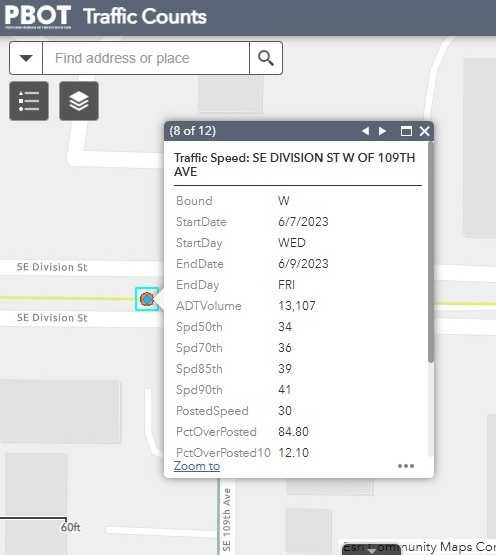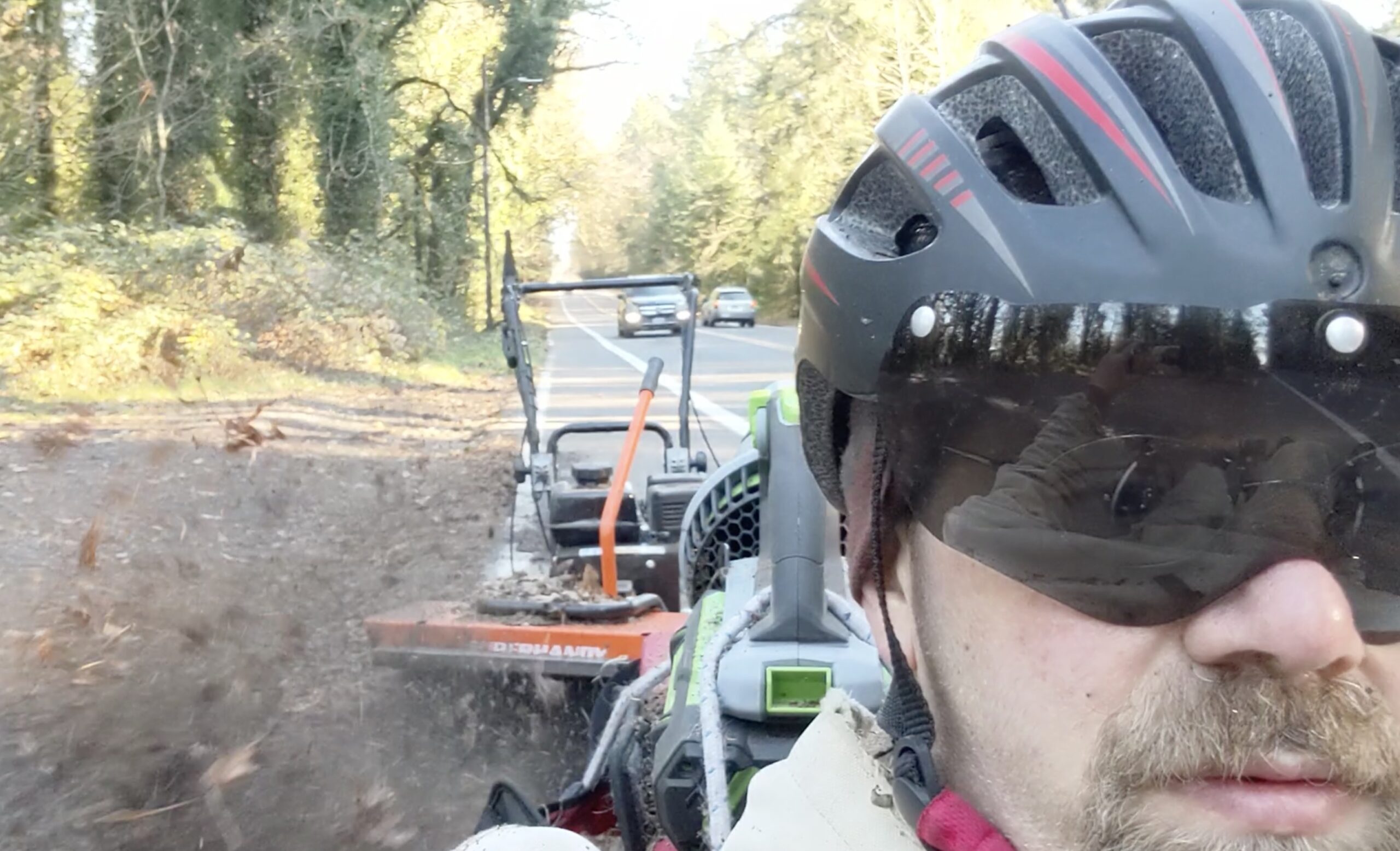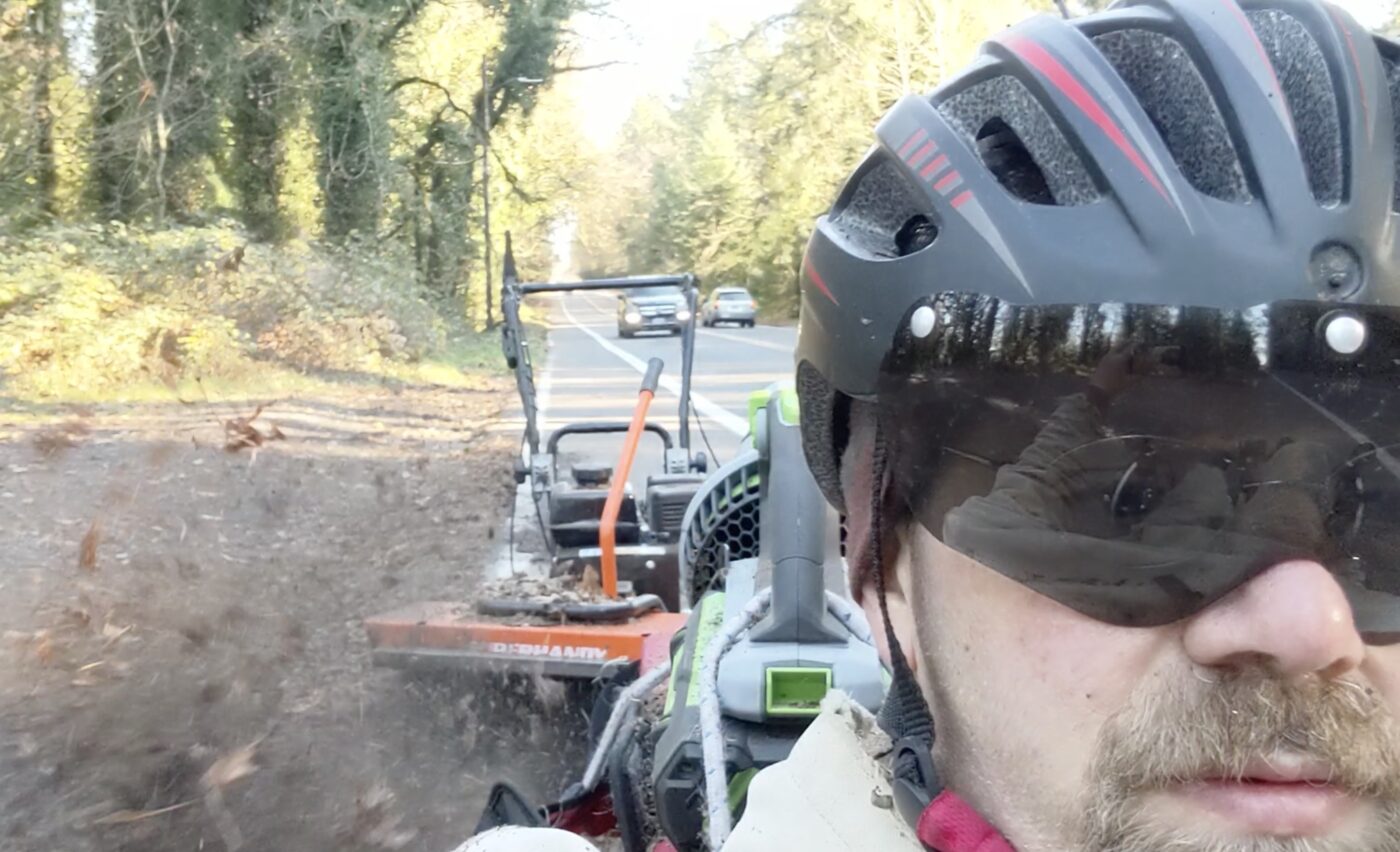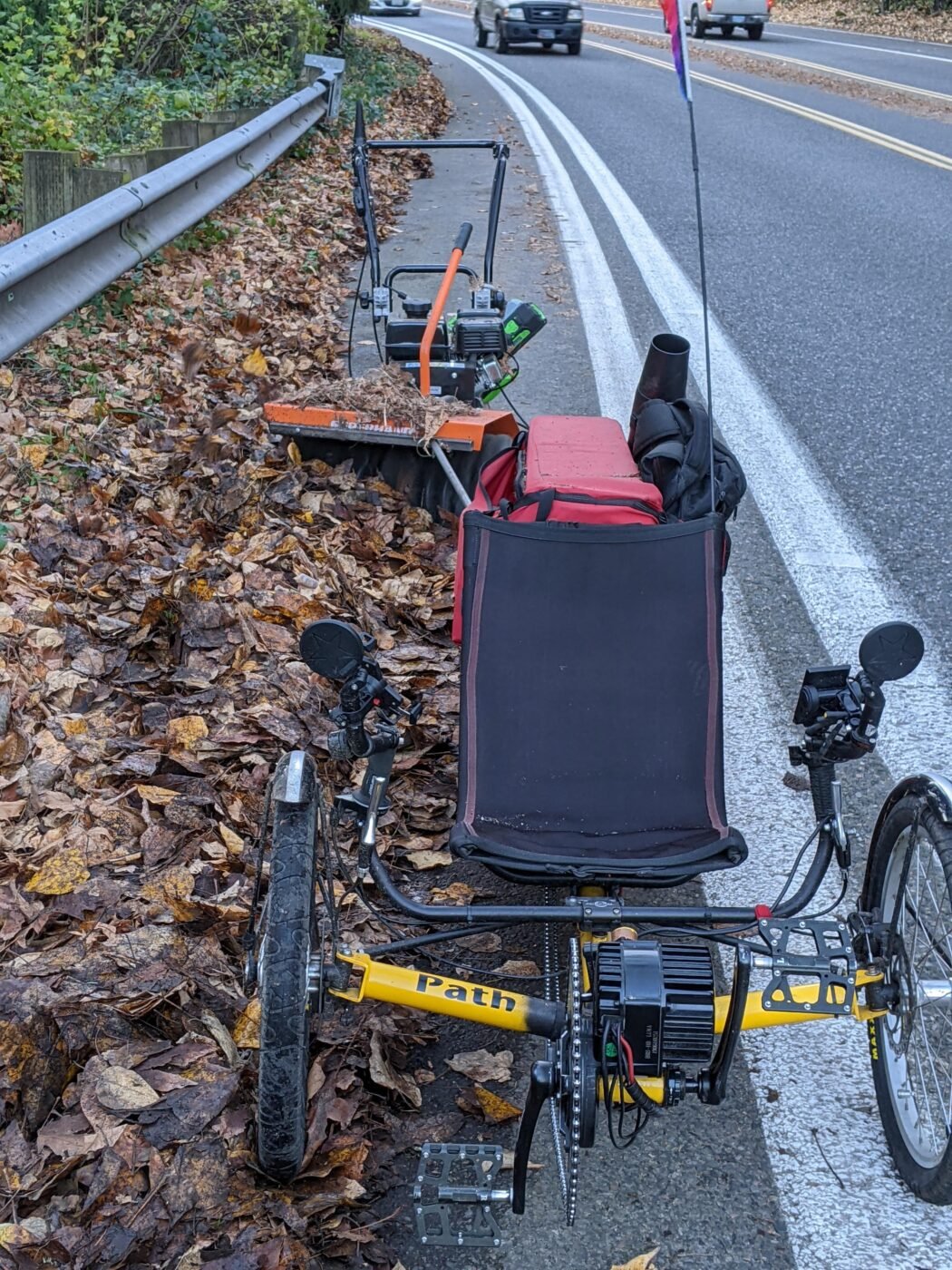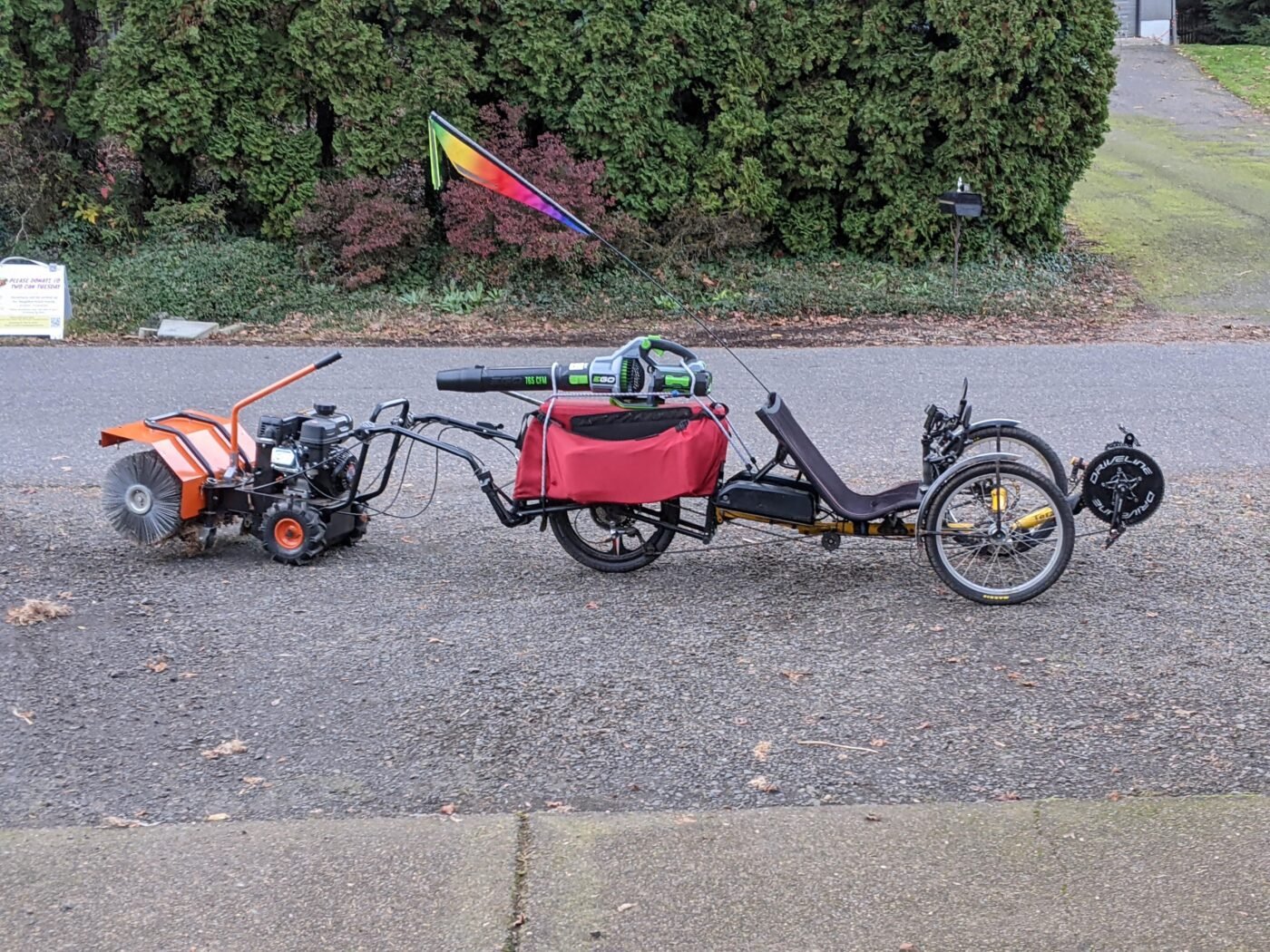The Portland Bureau of Transportation is set to receive $20.6 million to build sidewalks in east and northeast Portland. And they’re also a partner with TriMet on a $55 million project award that will result in new sidewalks to connect to a forthcoming bus upgrade on 82nd Avenue. The funding is just the latest grant award PBOT has received from the Portland Clean Energy Fund (PCEF), a tax on big corporations passed by voters in 2018.
The PCEF Committee recommended eight projects from the Collaboration for Climate Action program for funding at a meeting this morning. That program has over $150 million in available funding to be awarded over five years. In addition to the two transportation projects, the committee also recommended projects to replace City of Portland fleet vehicles with EVs, help more Portlanders install solar power, make schools more climate resilient, and more.
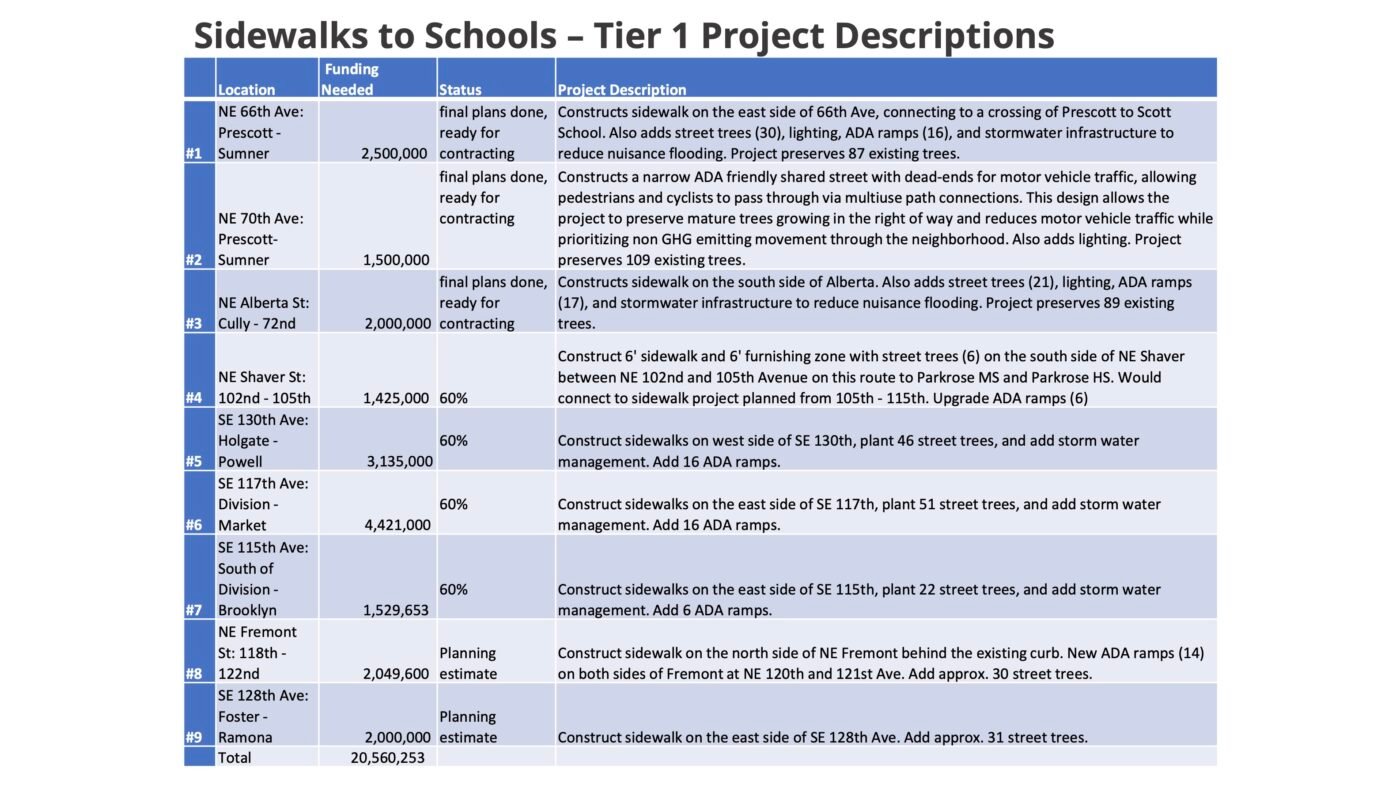
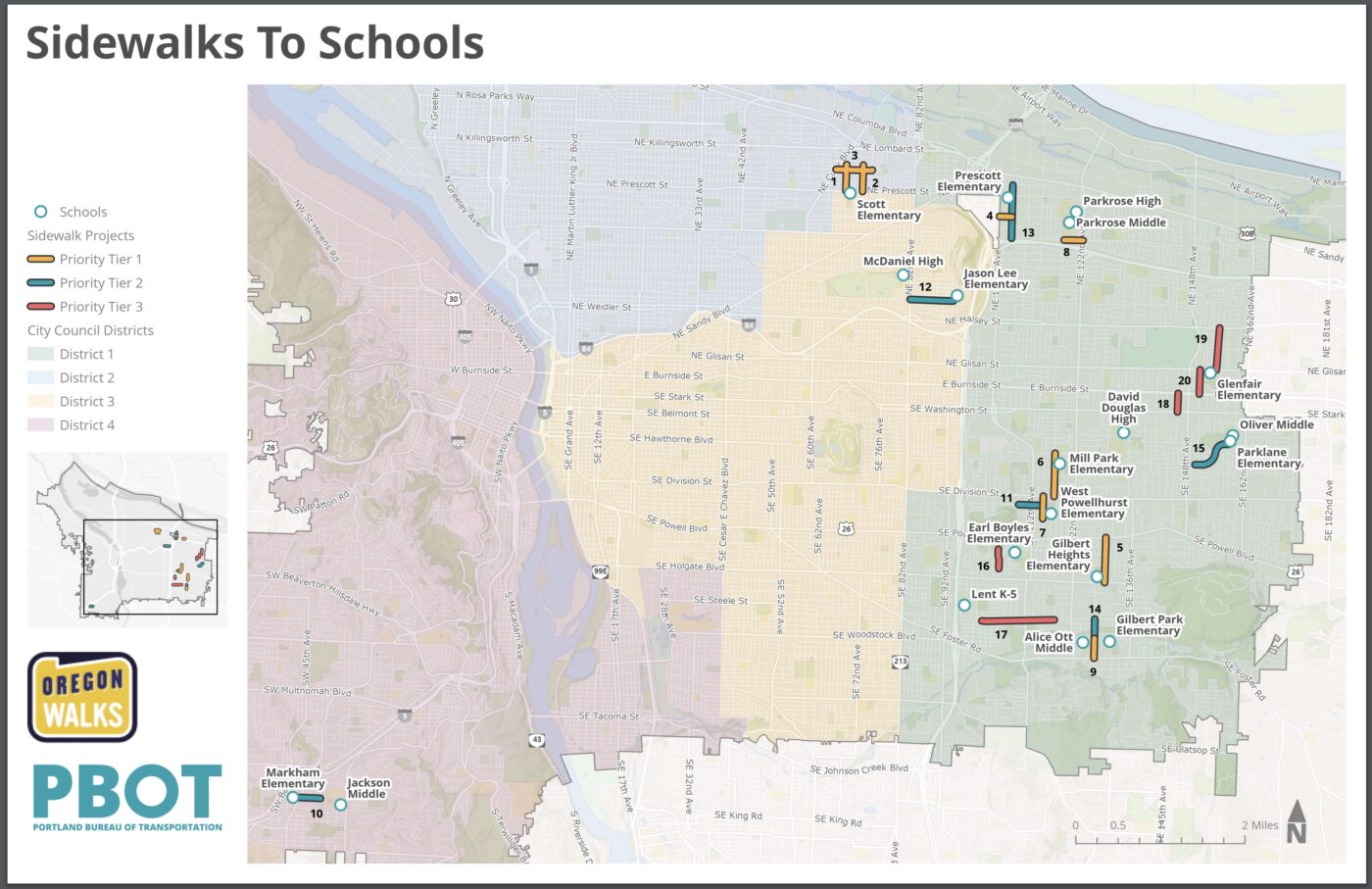
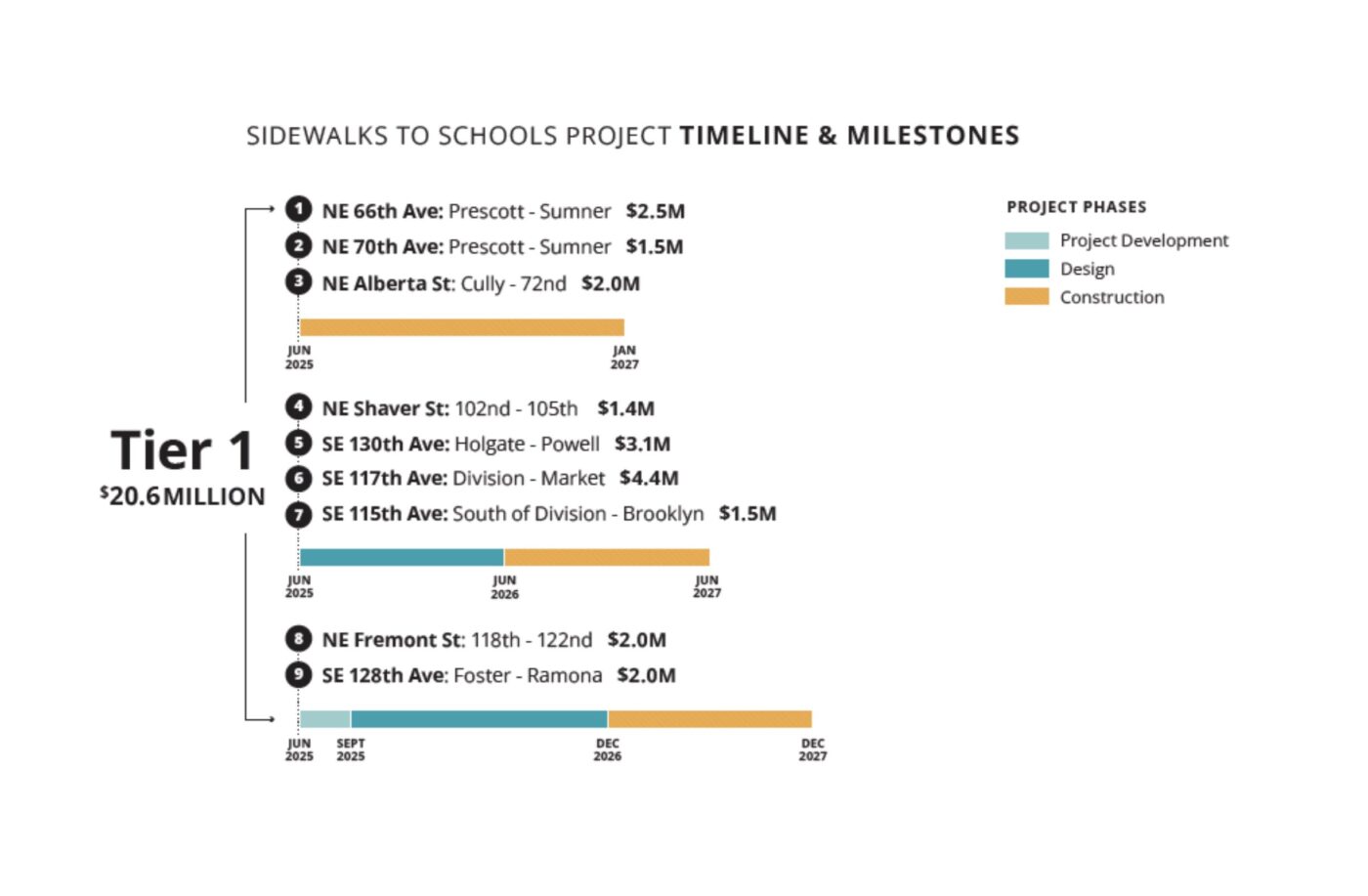
Among the eight projects are PBOT’s “Sidewalks to Schools” — a $60 million list of 19 sidewalk projects (above) that would help connect 17 public schools with better, safer infrastructure. The PCEF committee downscoped the project to $20.6 million, so the award will allow PBOT to build all nine of its Tier 1 projects. The projects — which include 90 new ADA ramps, street lighting and planting of 180 new street trees — are in Cully and the southern part of Council District 1.
PBOT Director Millicent Williams introduced a presentation on the project at a PCEF Committee meeting last night. PBOT Pedestrian Coordinator Gena Gastaldi was also there. She said the completion of the Tier 1 projects will impact 17,000 households. “These projects are all on PBOT Safe Routes to School primary investment routes and will provide critical connections on our pedestrian network near schools,” Gastaldi told the committee.
Gastaldi also touted how the grant funding will be an, “incredibly efficient use of PCEF funding.” That’s because PBOT won’t use it to pay for any city staff time and PBOT has either already completed and/or nearly completed all the required design, engineering, and neighborhood outreach. All that’s left to do is build them. And because these projects are so shovel-ready, Gastaldi said the three Cully projects will be built as early as summer of 2025.
In addition to $20.5 million awarded directly to PBOT, TriMet was awarded $55 million for their 82nd Avenue Transit Project (a separate but closely related effort to the Building a Better 82nd Avenue Plan that was adopted by Portland City Council last week). A portion of that will allow PBOT to build an additional 26 blocks of sidewalks on 82nd to ensure better access to the new bus rapid transit (BRT) line when it opens in 2029.
This continues a very successful effort by PBOT to earn PCEF grant awards. This latest announcement pushes their total to nearly $200 million.
PCEF was created to benefit the communities that are most impacted by climate change. It also has a stated goal to not just reduce greenhouse gas emissions, but to also help build stronger communities by partnering with nonprofit organizations and making strategic investments in workforce development.
For Oregon Walks Executive Director Zachary Lauritzen, news of this recent grant was another dream come true. His group recently won over $900,000 from PCEF to launch walking school buses.
At last night’s PCEF committee meeting, Lauritzen, who said he was “genuinely jumping for joy” upon hearing the news, offered gratitude and shared important context about why east Portland needs all the help it can get:
“East Portland used to be outside the city of Portland, and the design standards were different. They didn’t require sidewalks when development happened. When [east Portland] was annexed into the city [in 1981] there was no plan to finish those sidewalk networks. And so here we are, 40 years later, with thousands and thousands of kids who don’t have safe routes to school… It’s kind of a hopeless feeling, hearing again and again from families about their fear for the safety of their child to do the simple act of walking to school.”
It was Lauritzen and Oregon Walks’ volunteers who did the community organizing to identify and build support for these projects. Even so, Lauritzen gave high praise to PBOT for being such a willing partner. “I’m super excited that a big bureau like that could have their ears to the ground. That they could hear from us and say, ‘Yeah we’ll go for it’.”
Go deeper:
— PBOT Sidewalks to Schools grant application
— 82nd Avenue Transit Project grant proposal narrative



